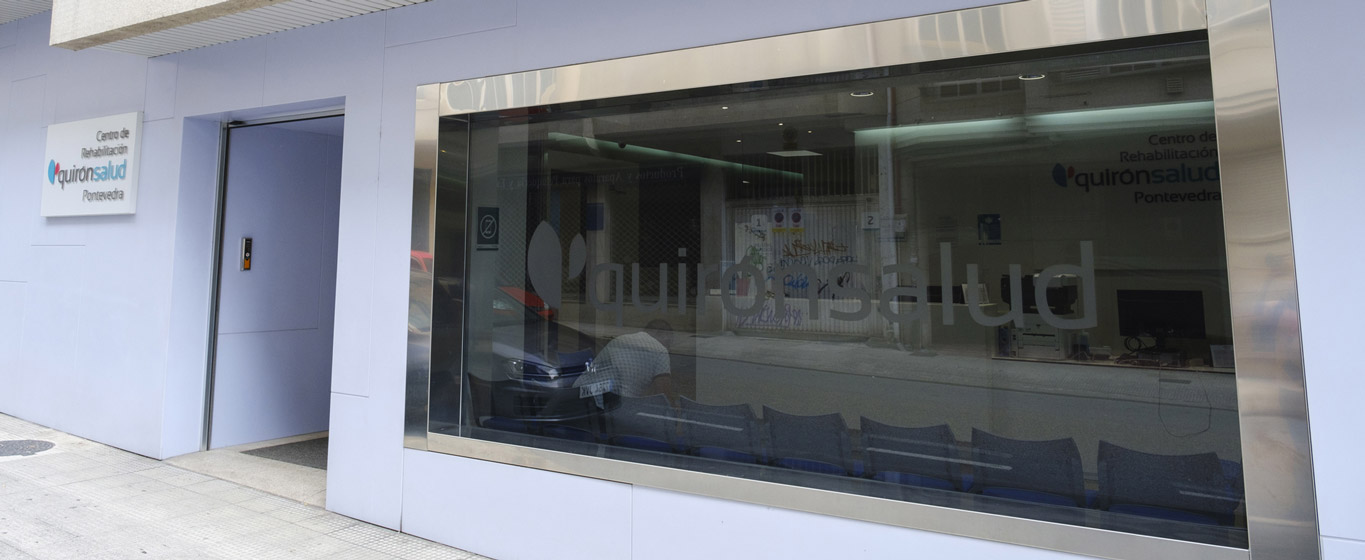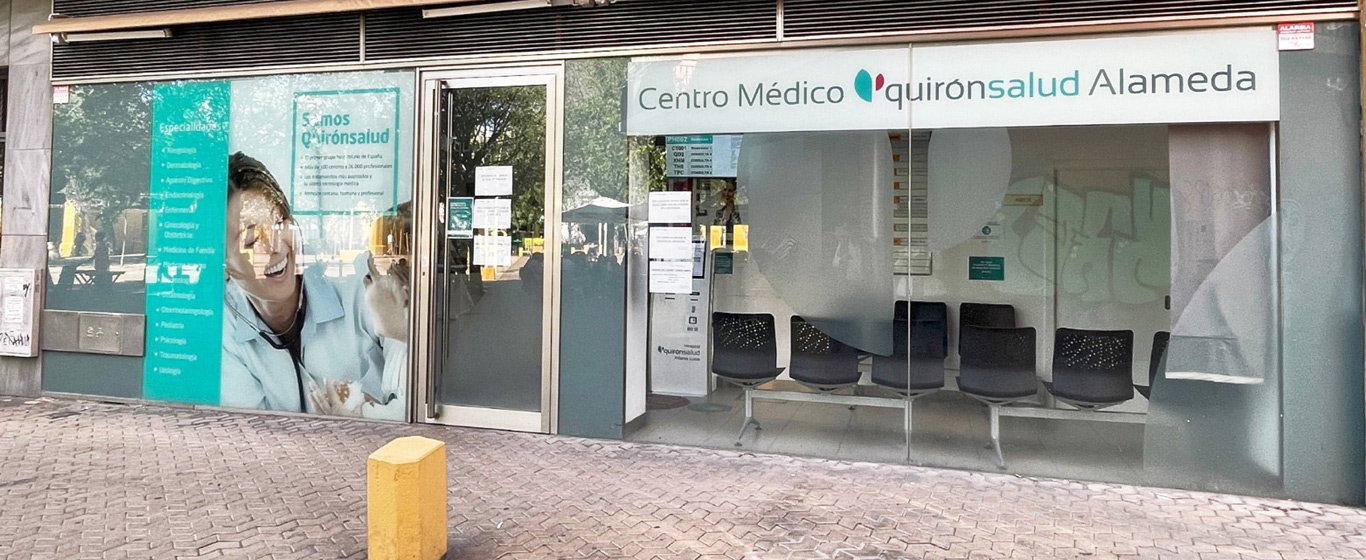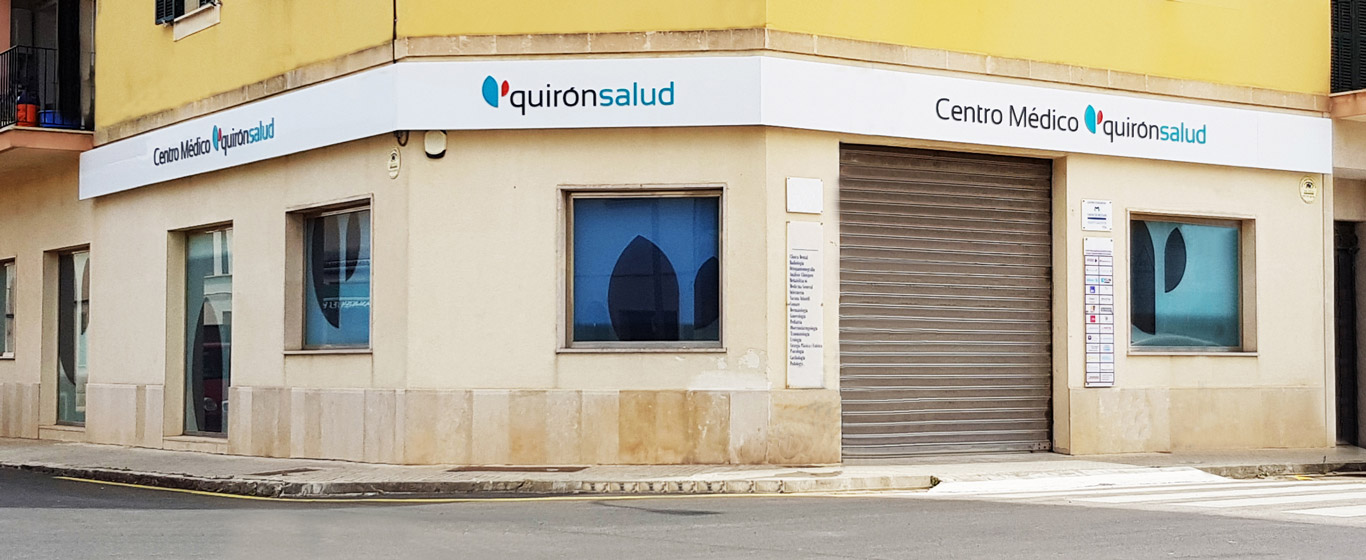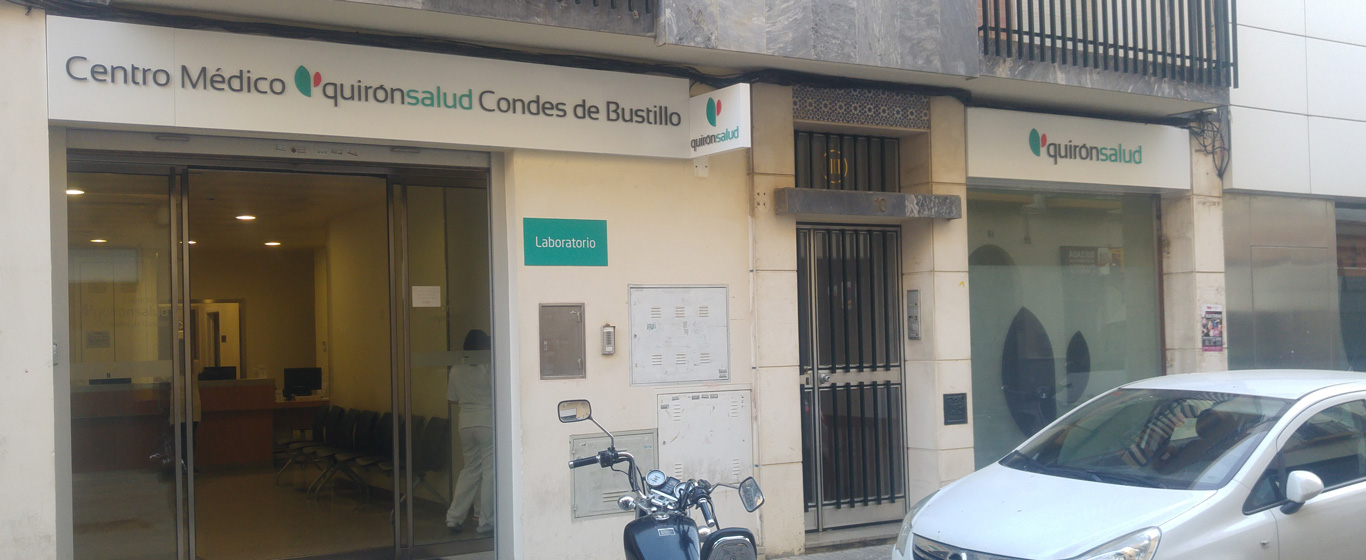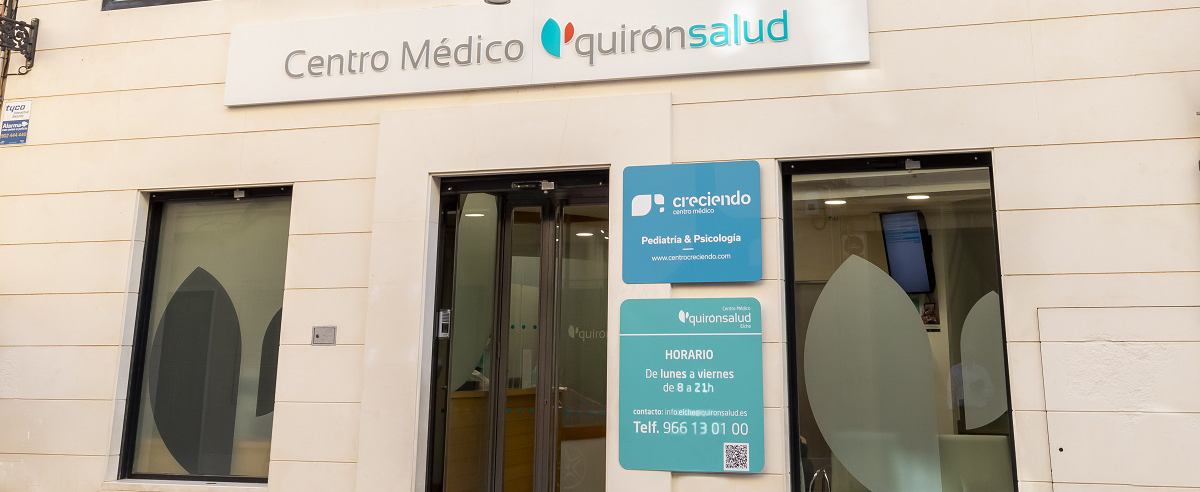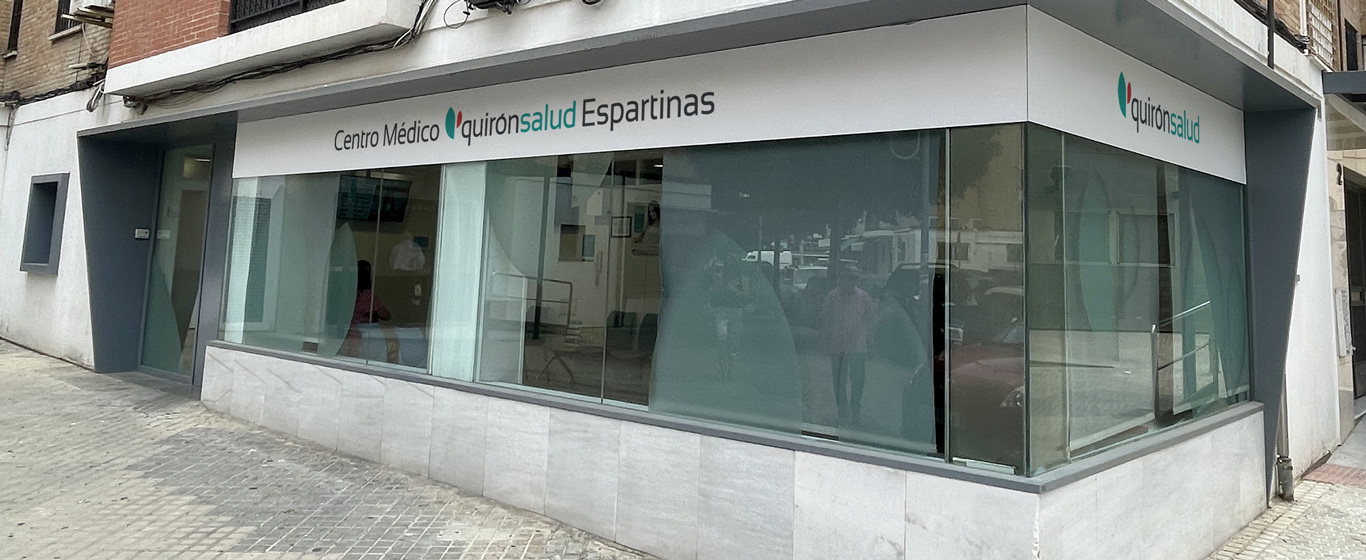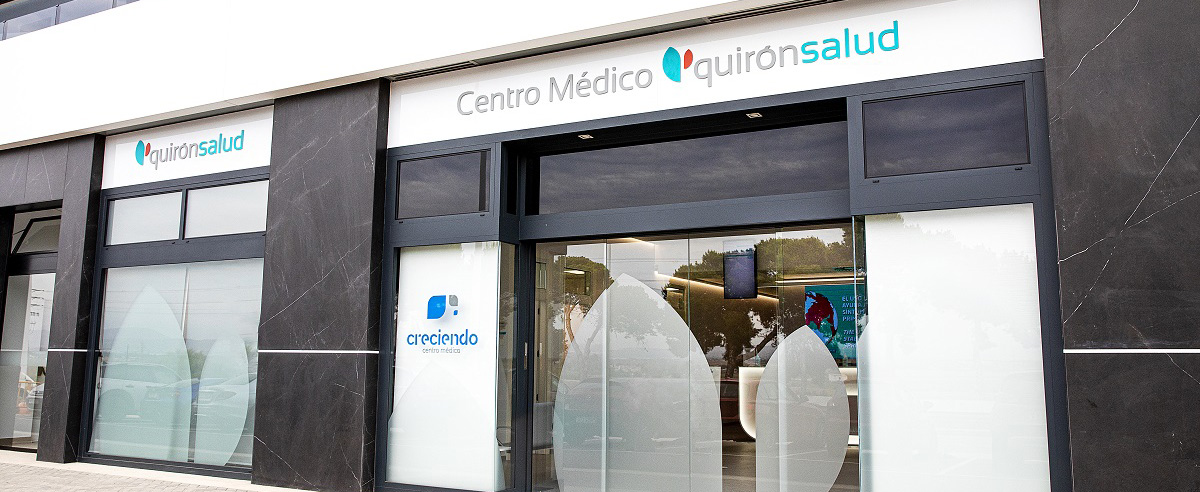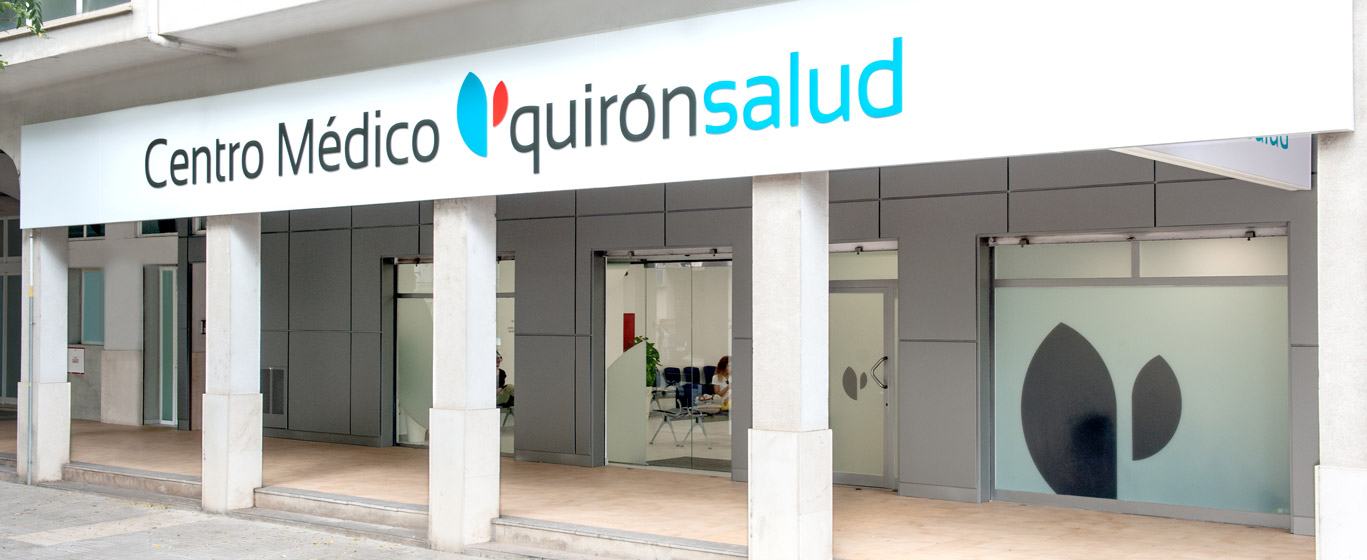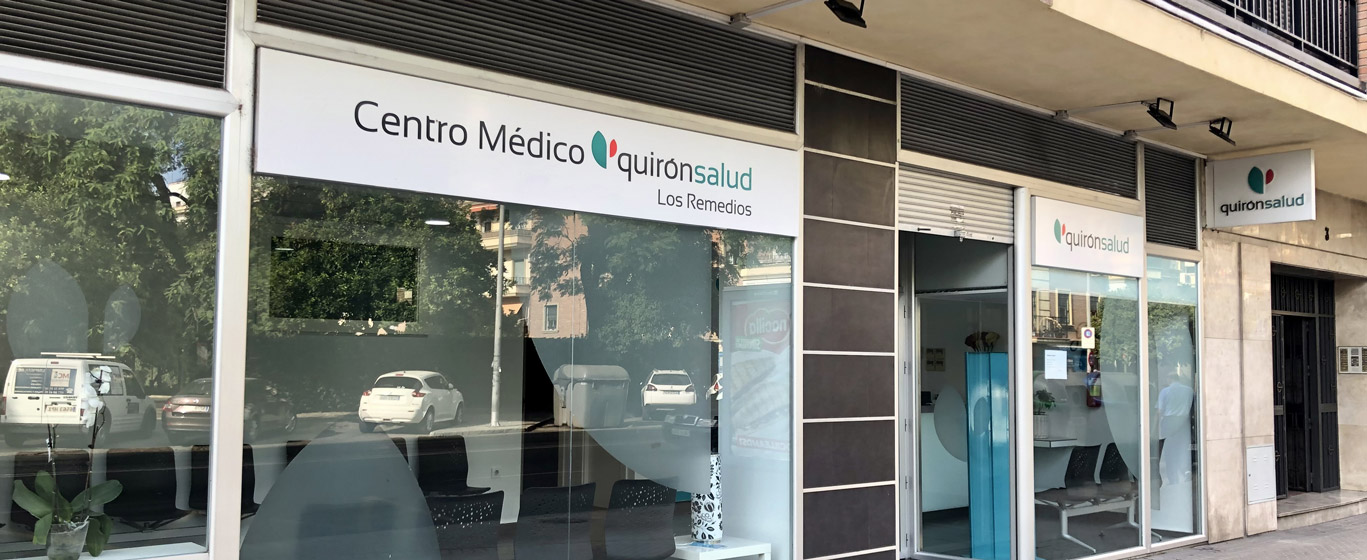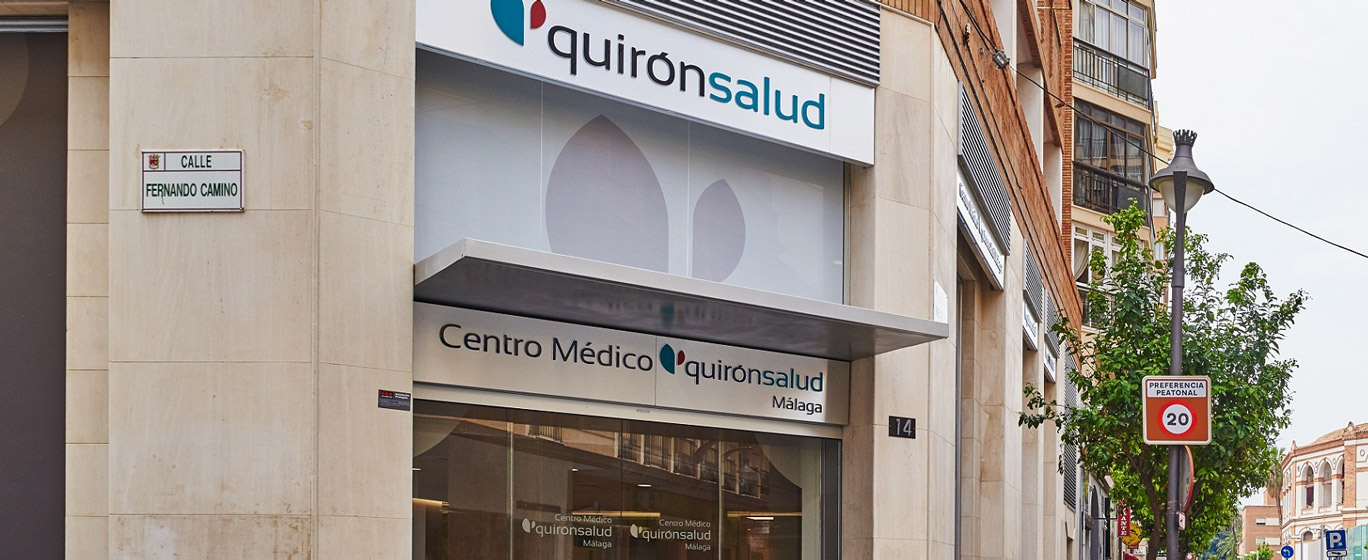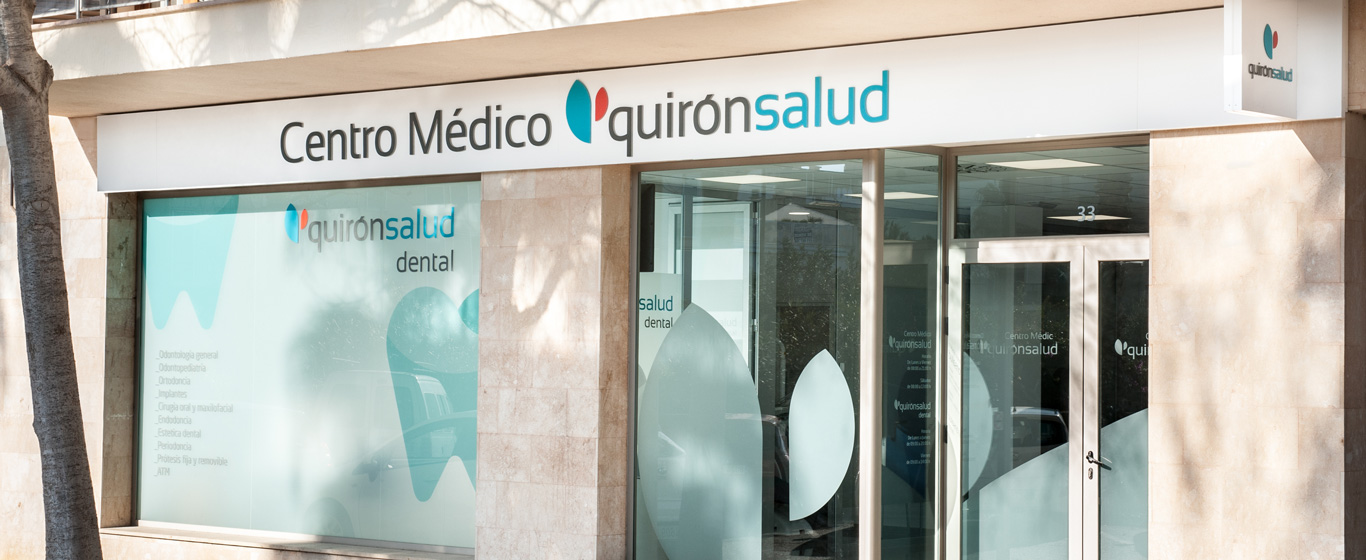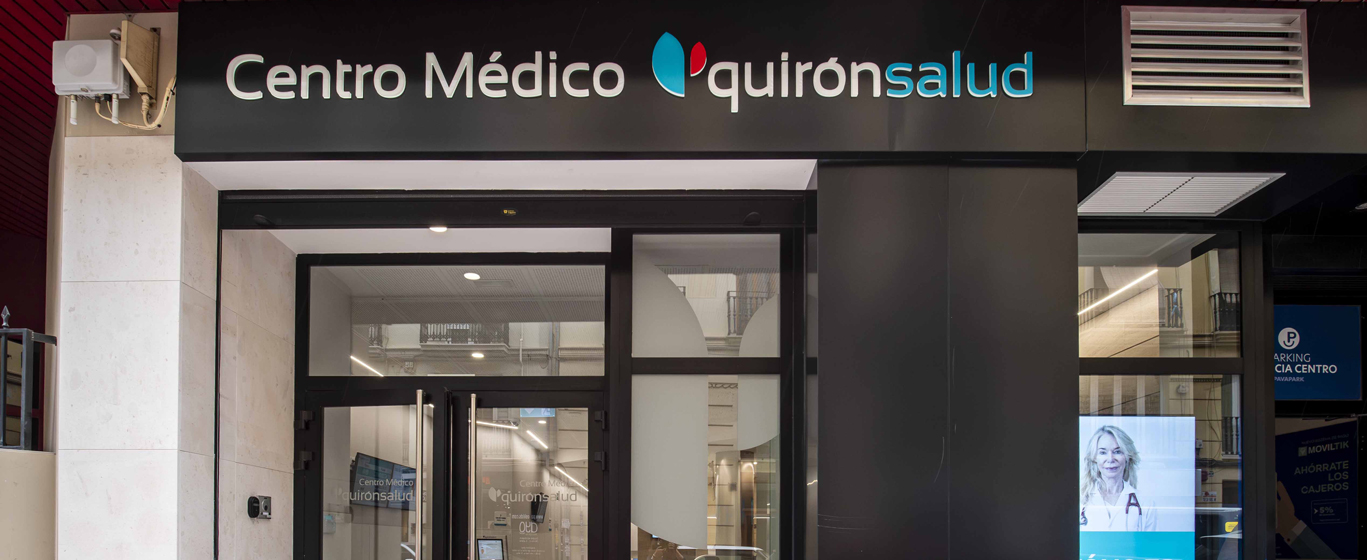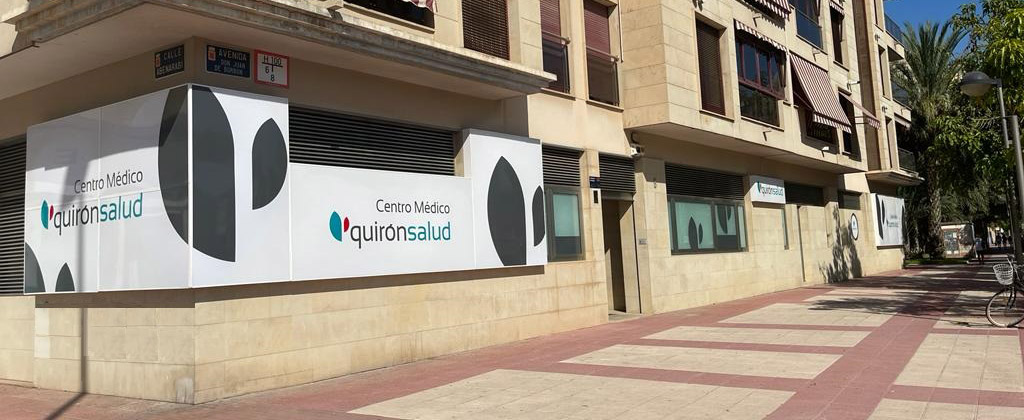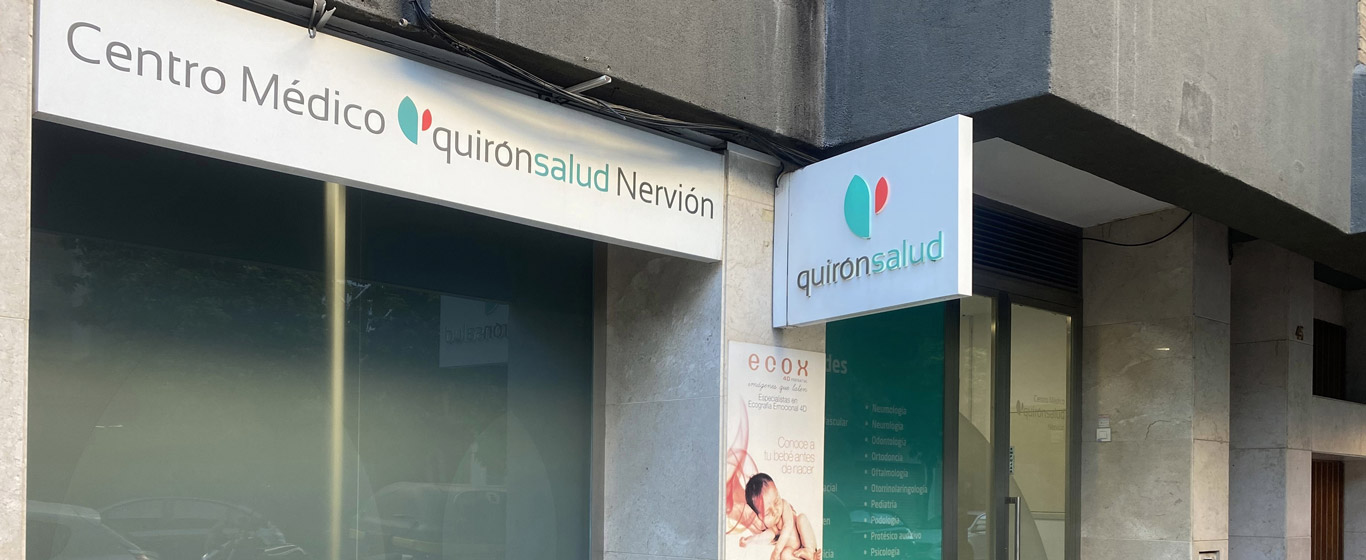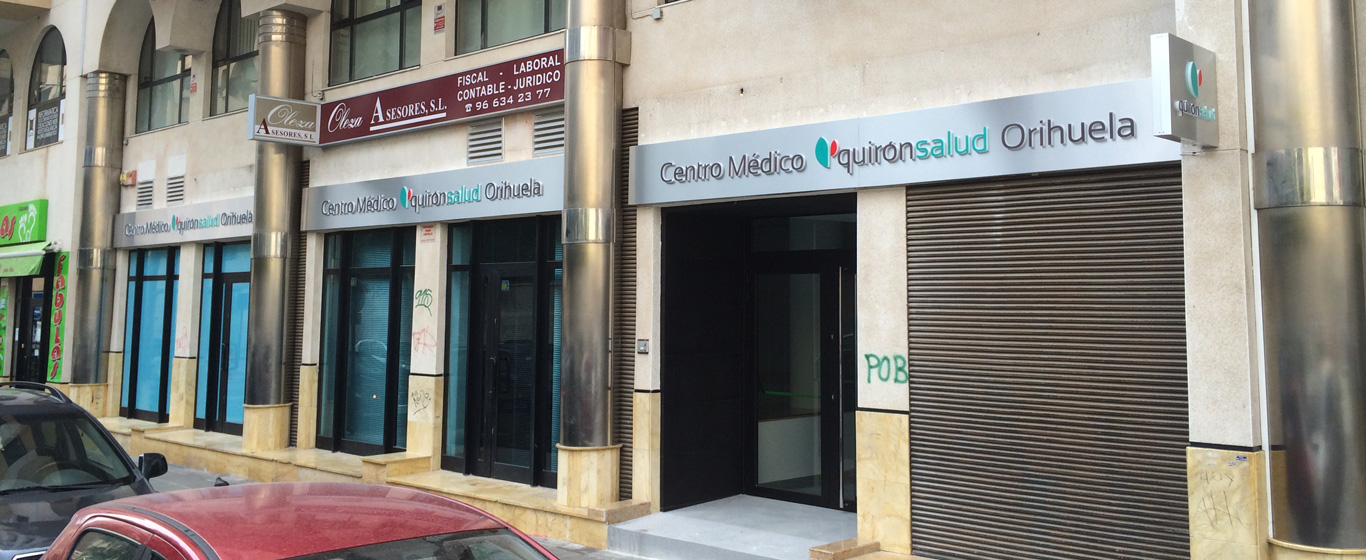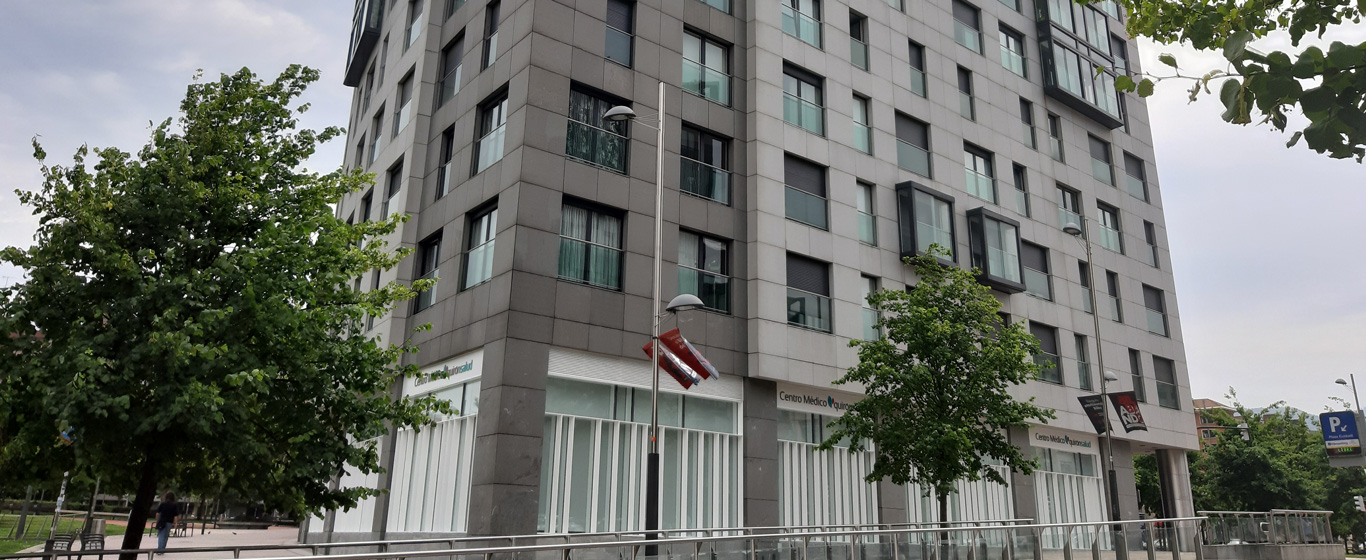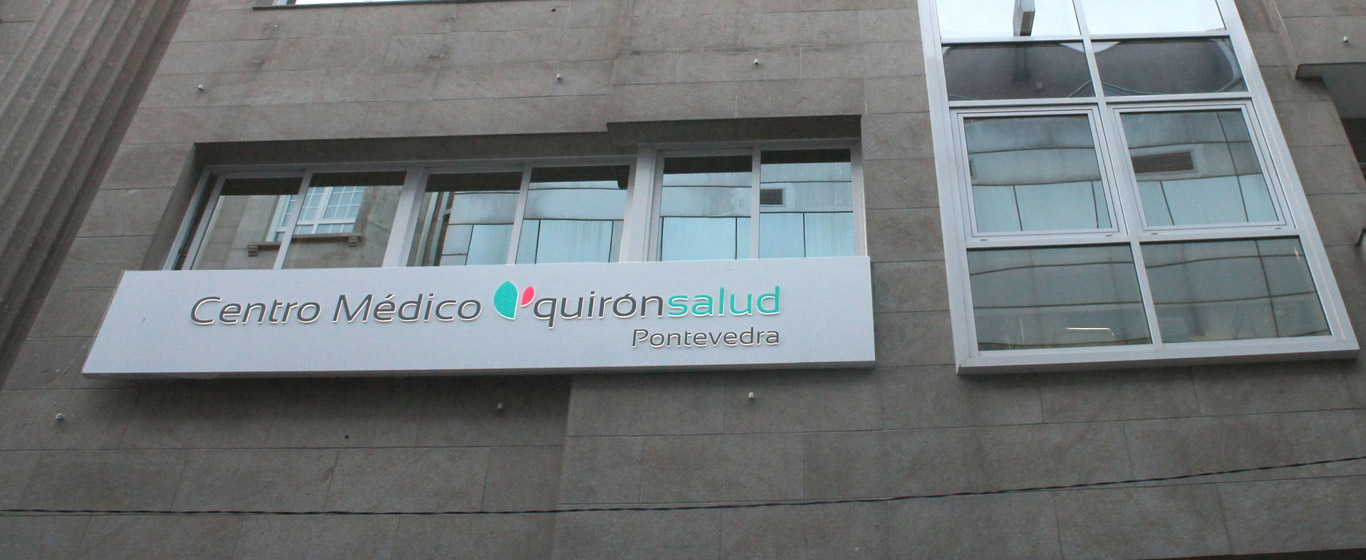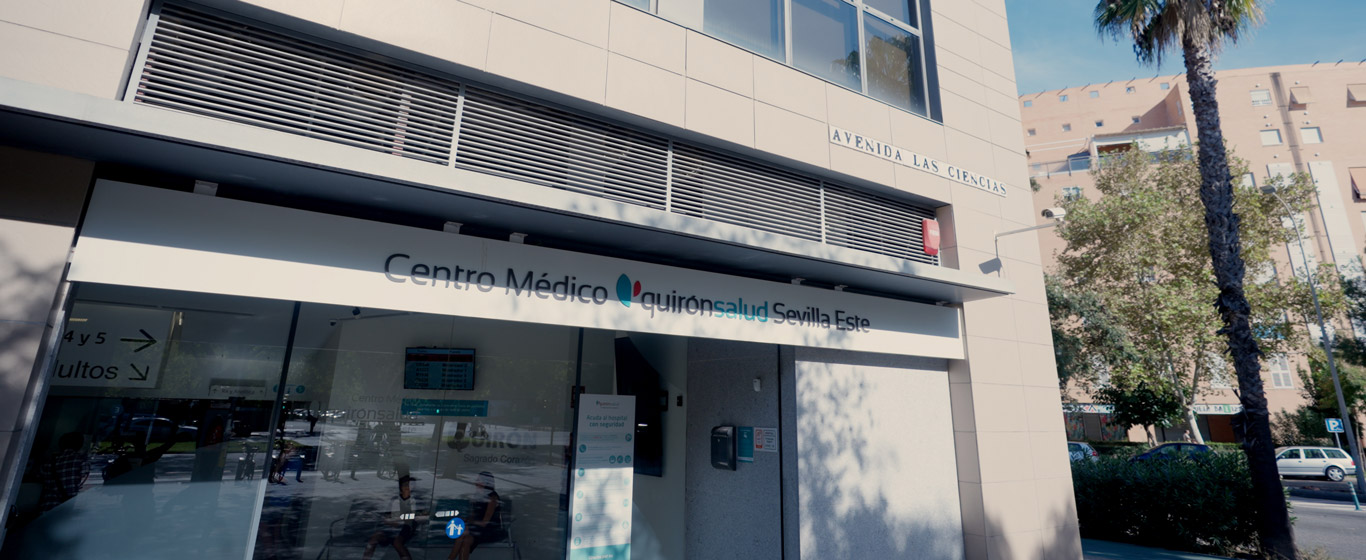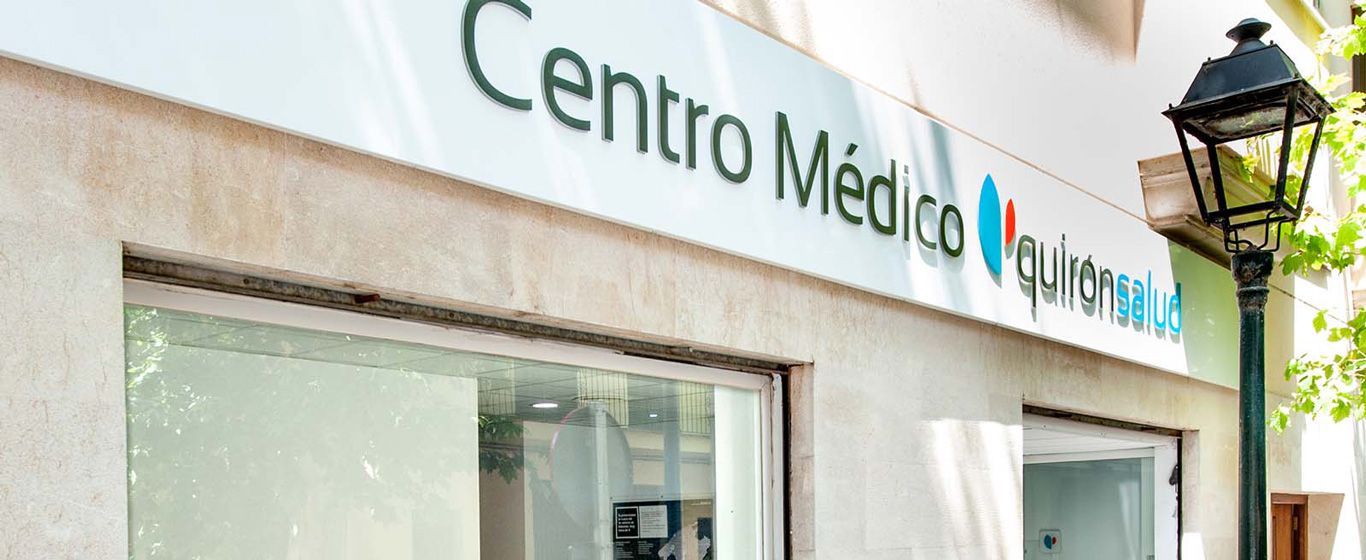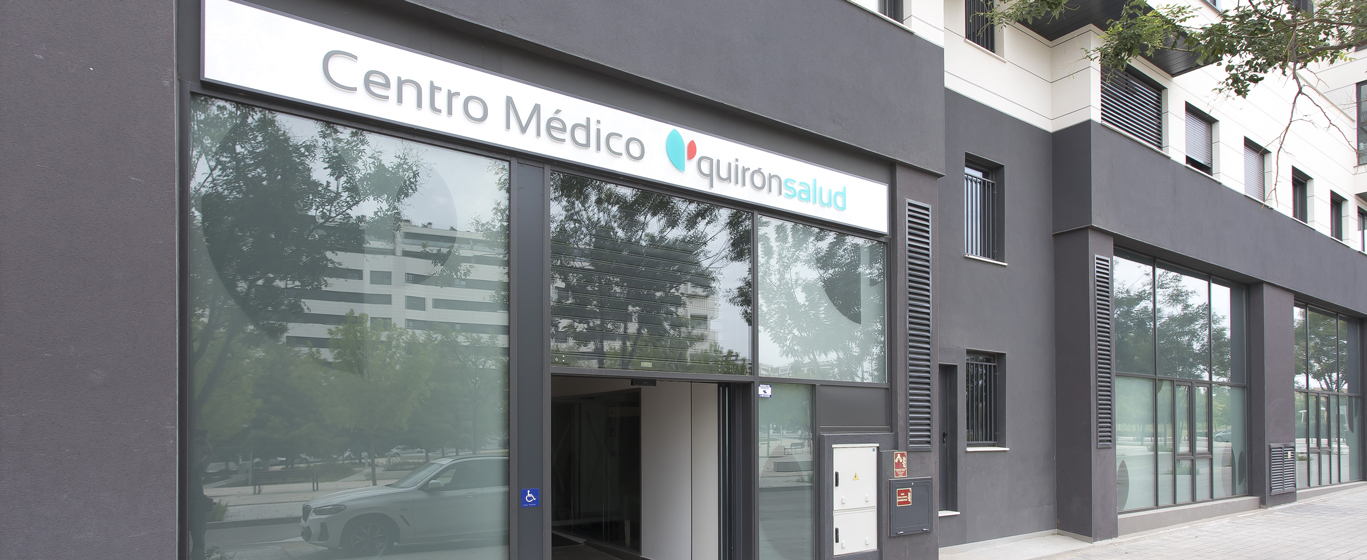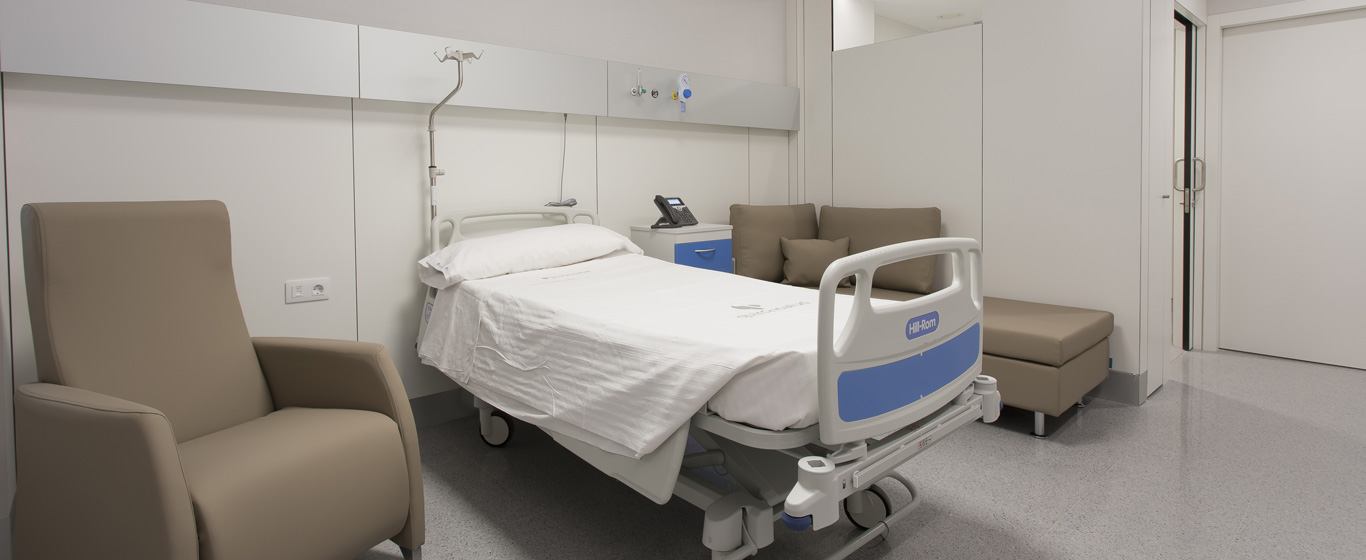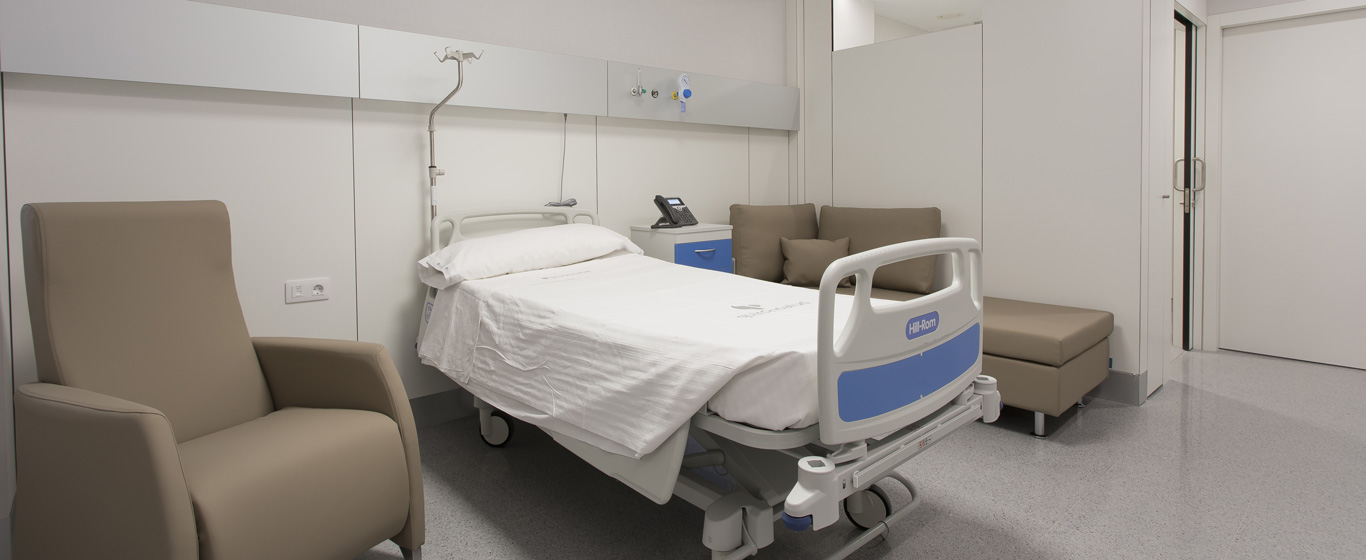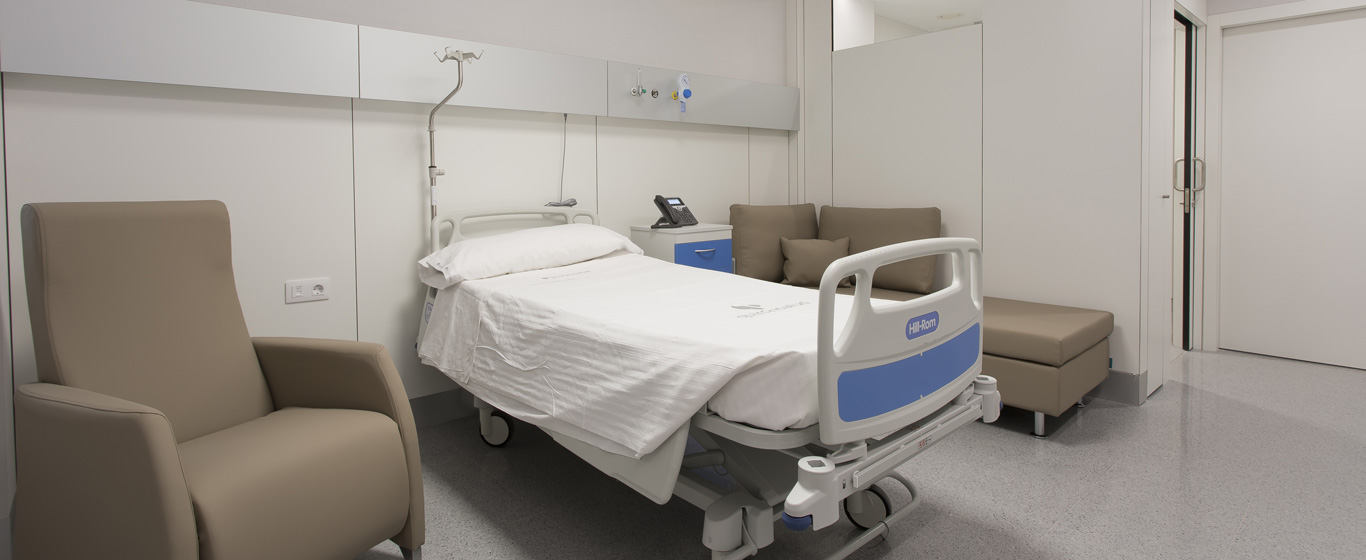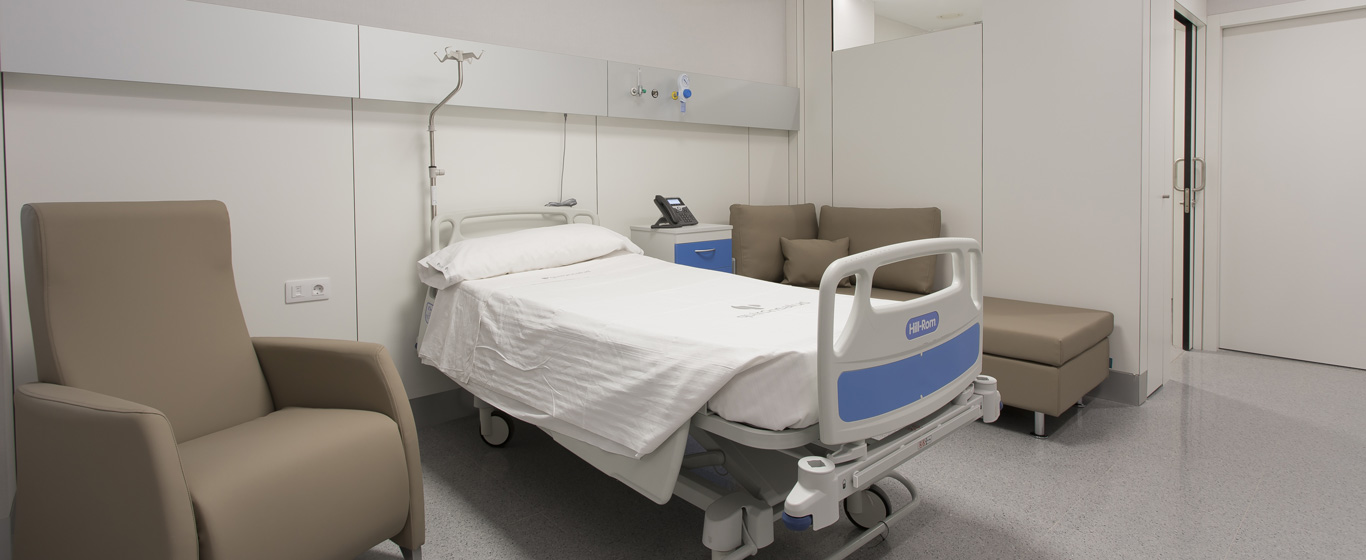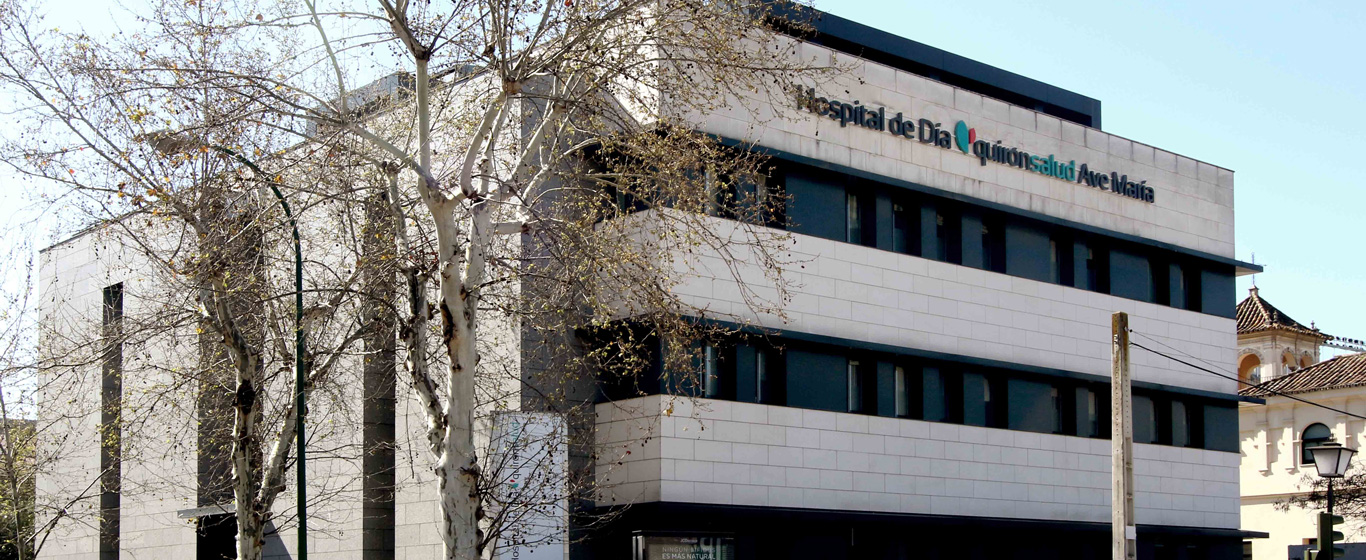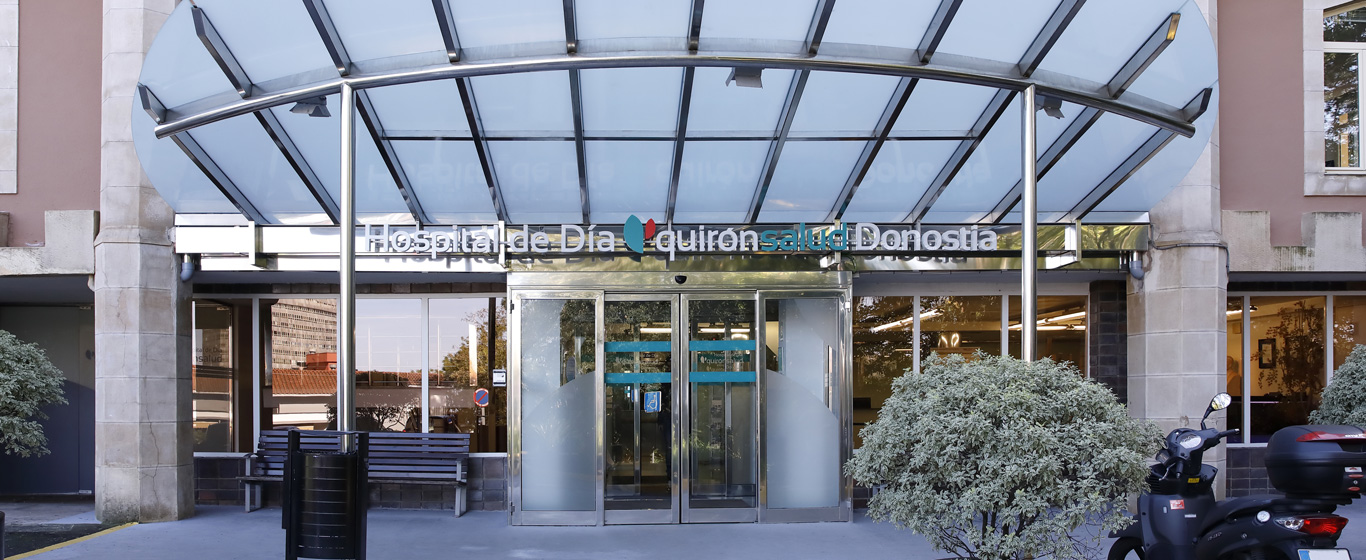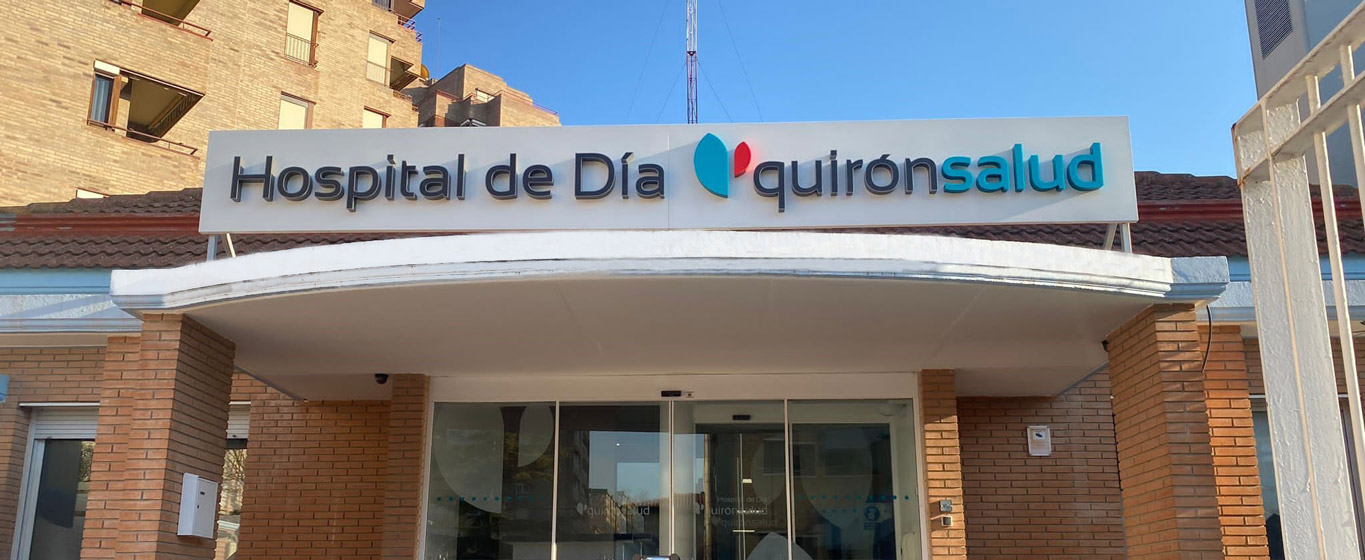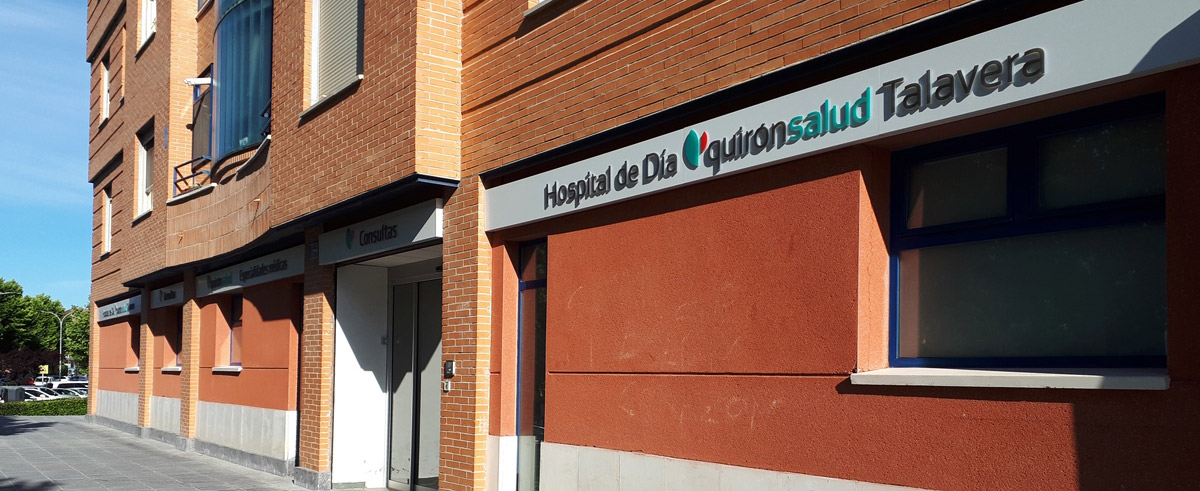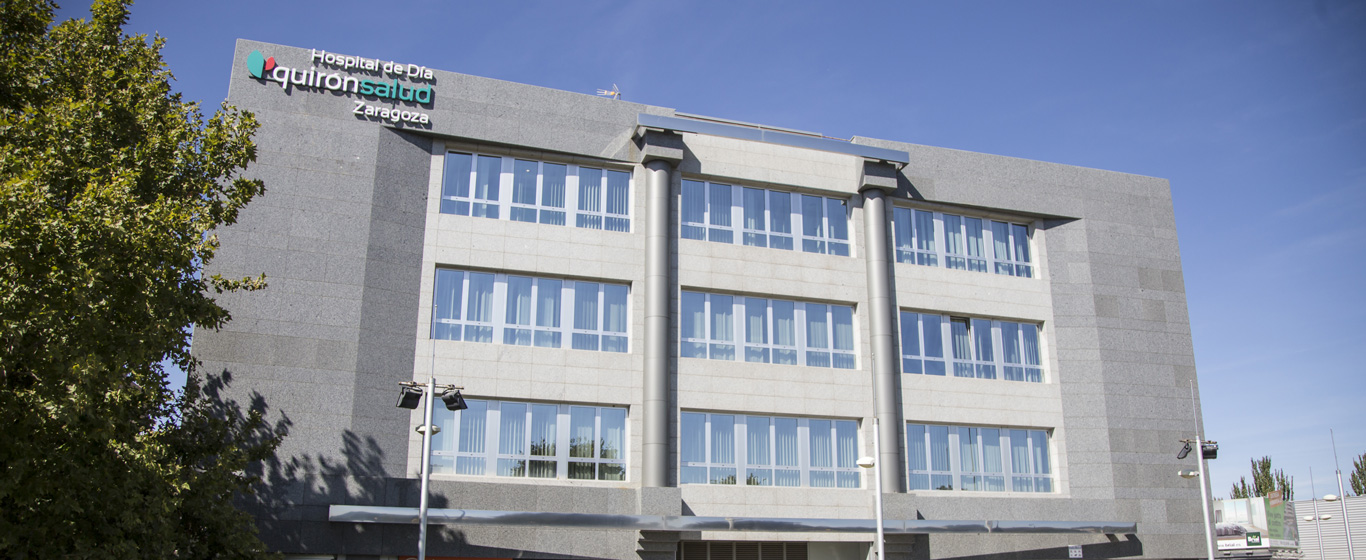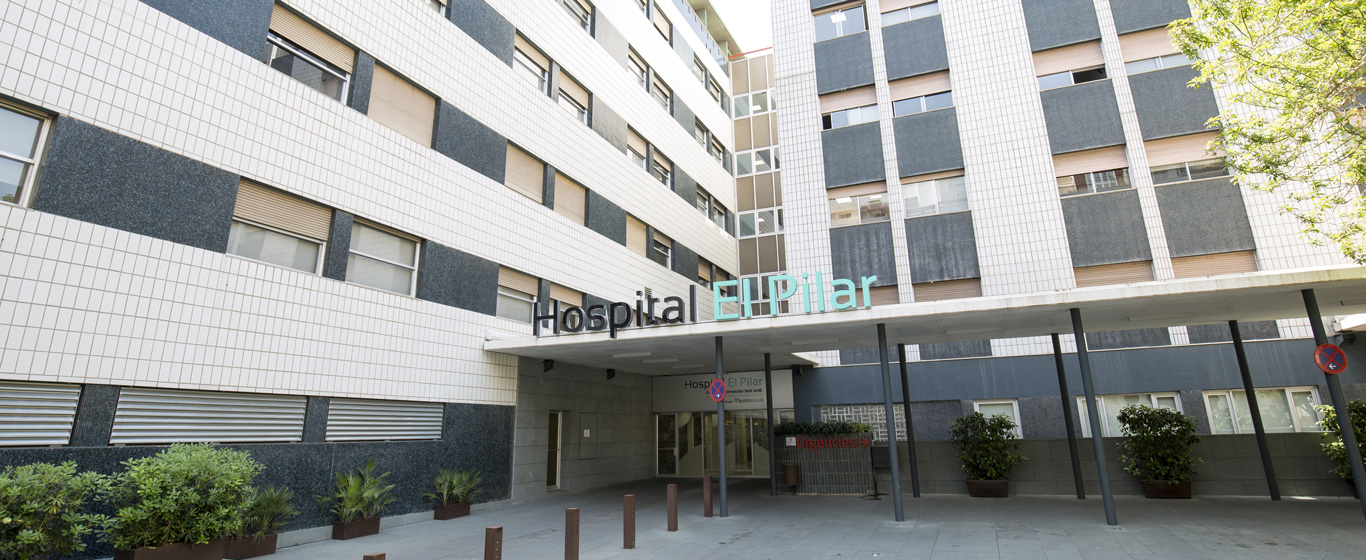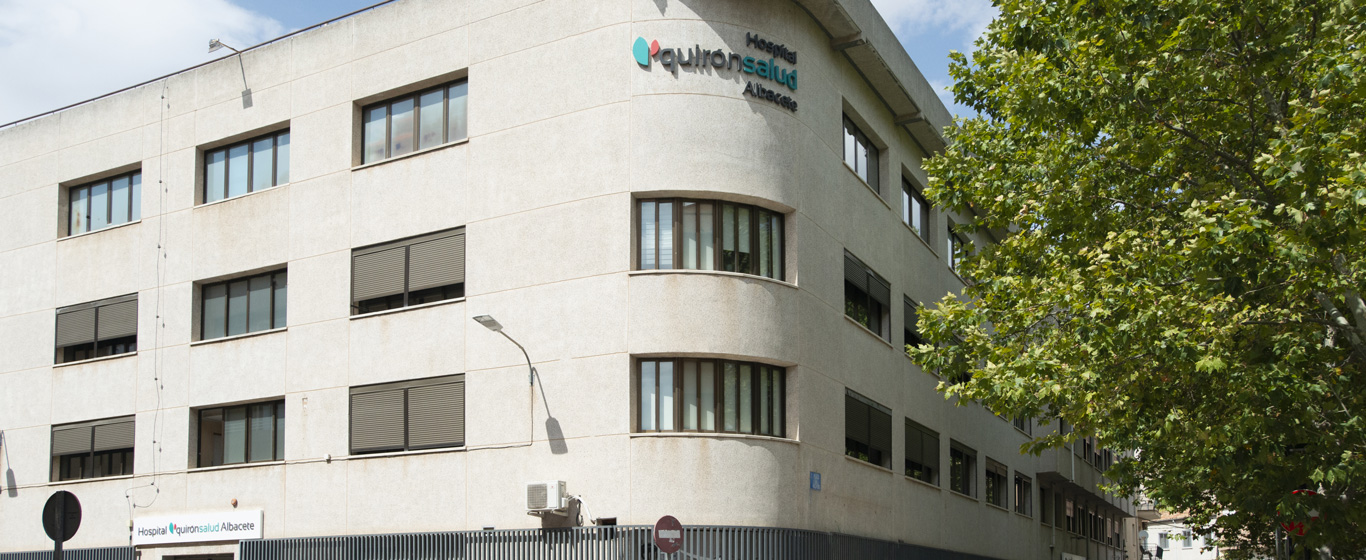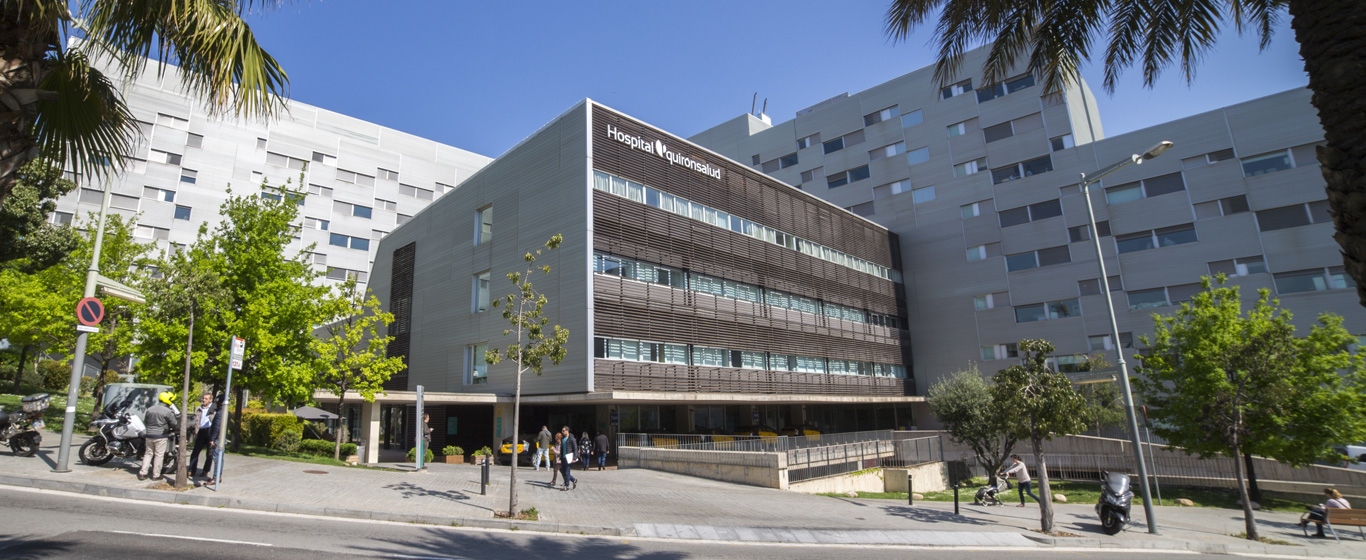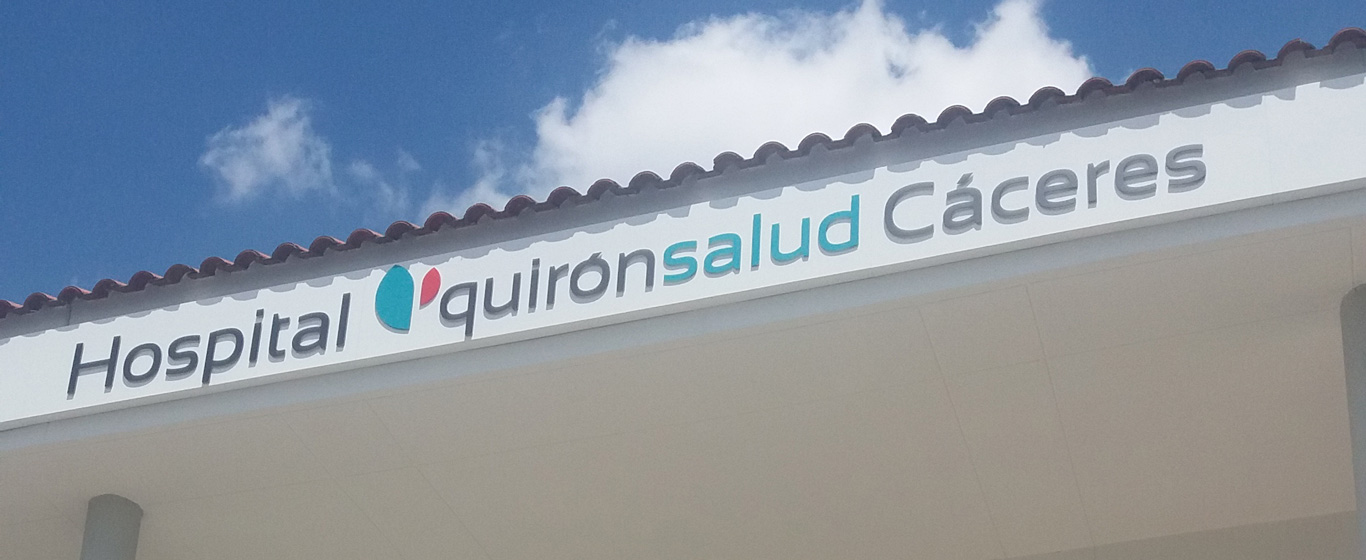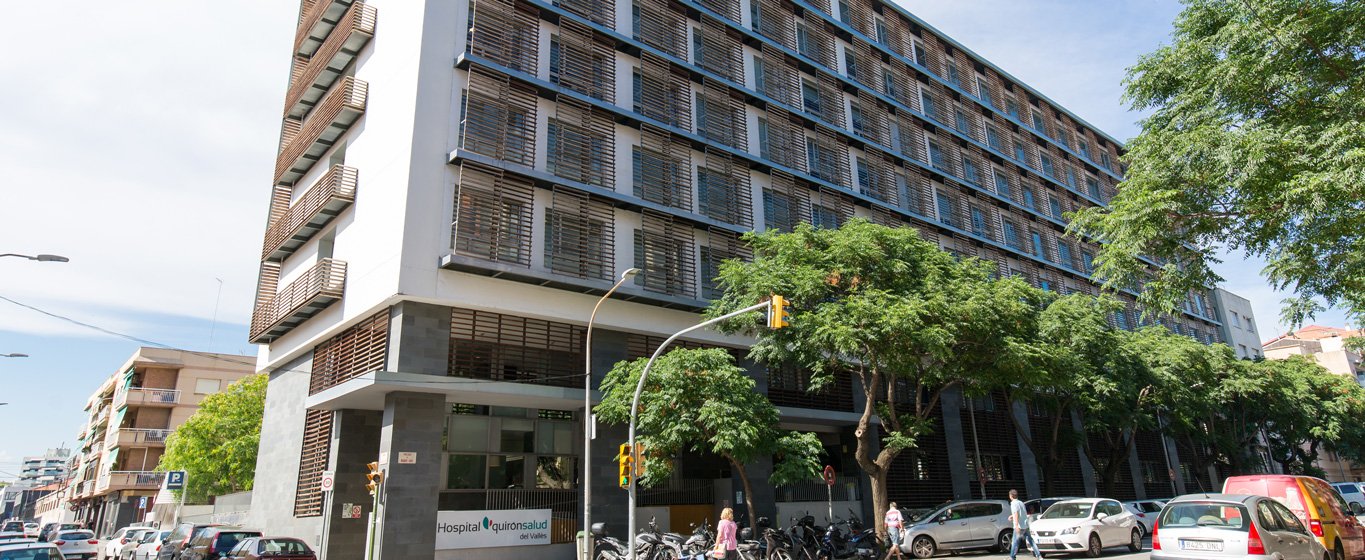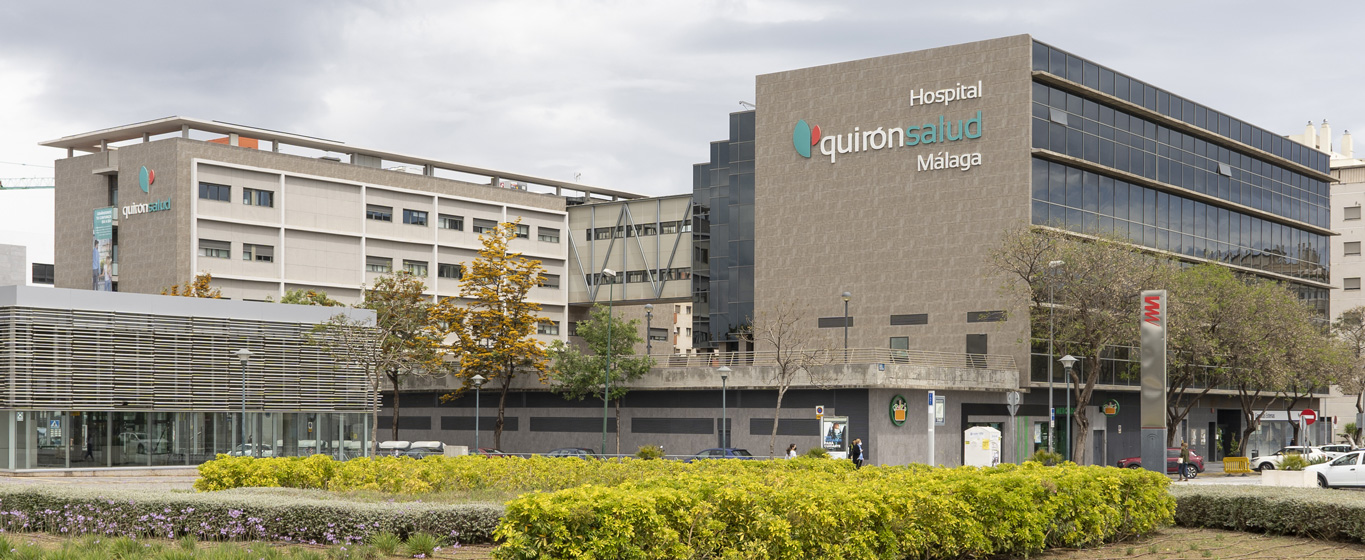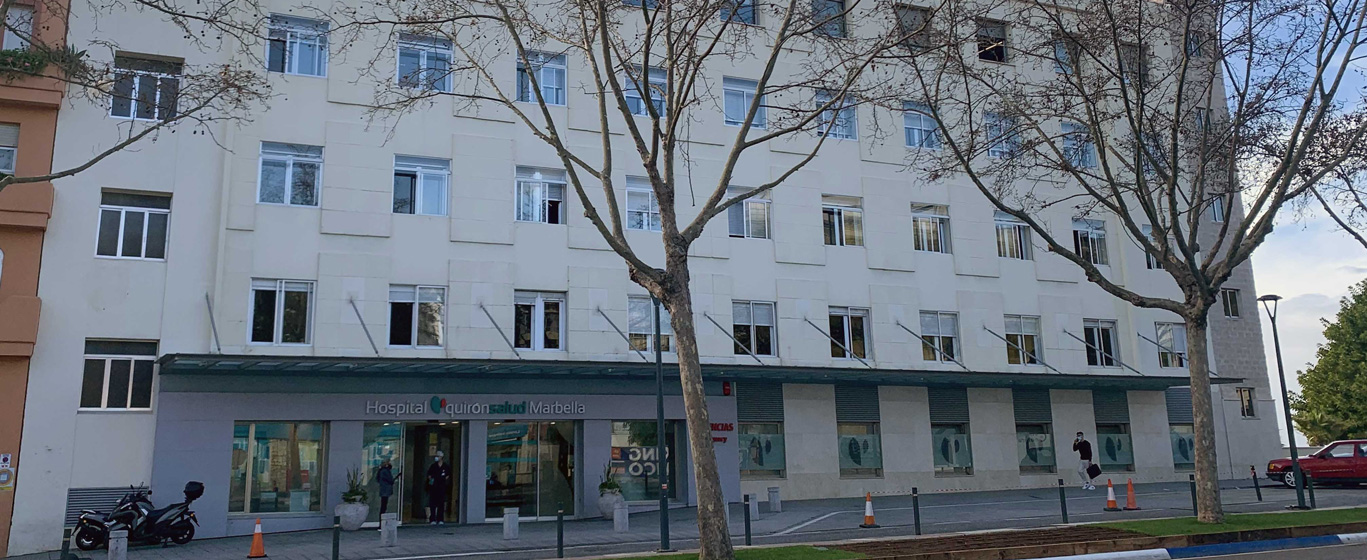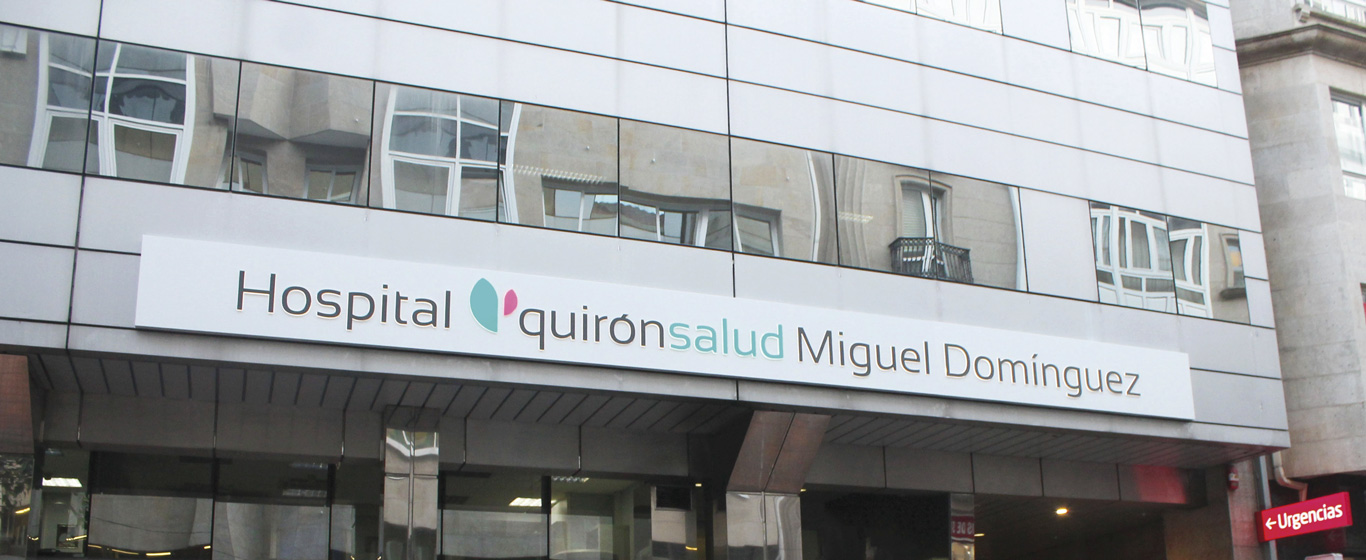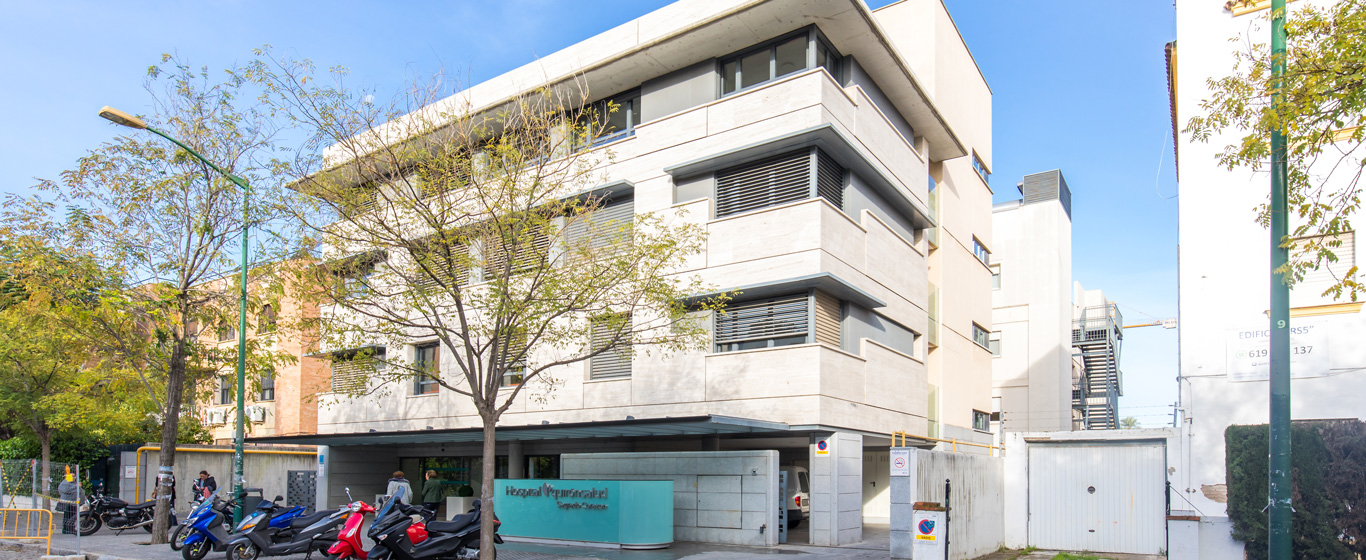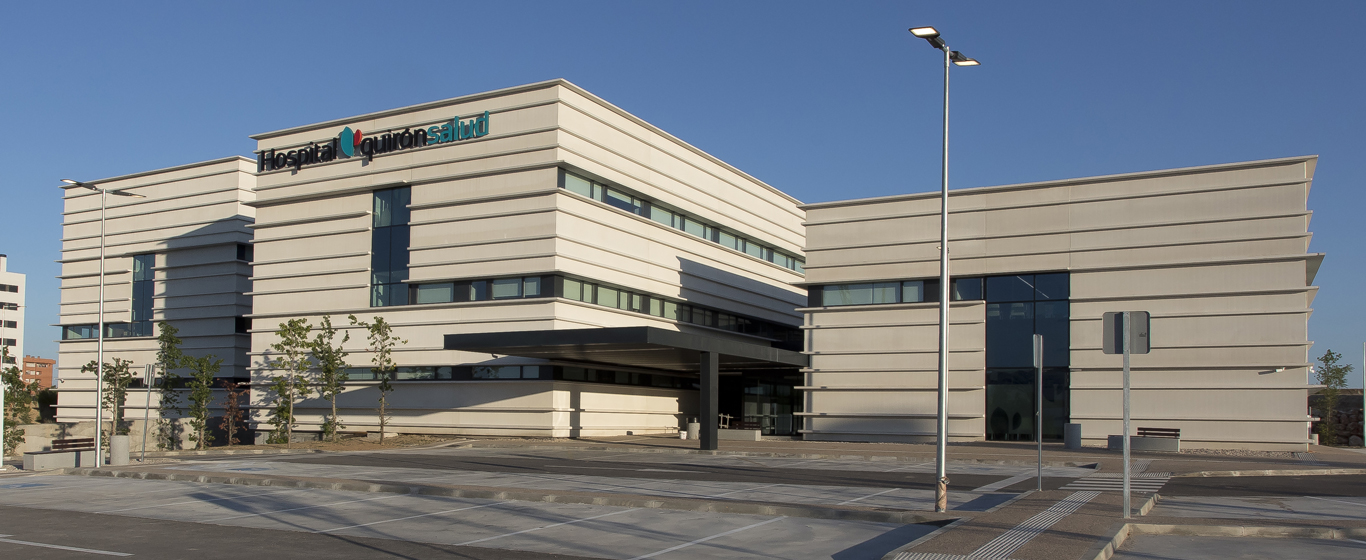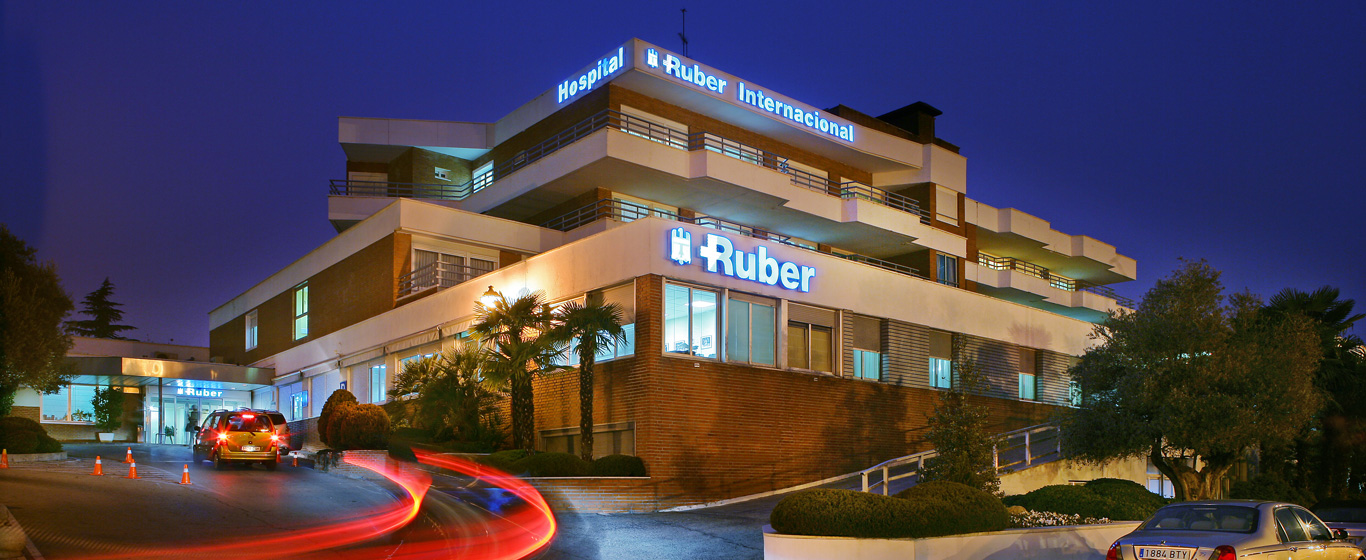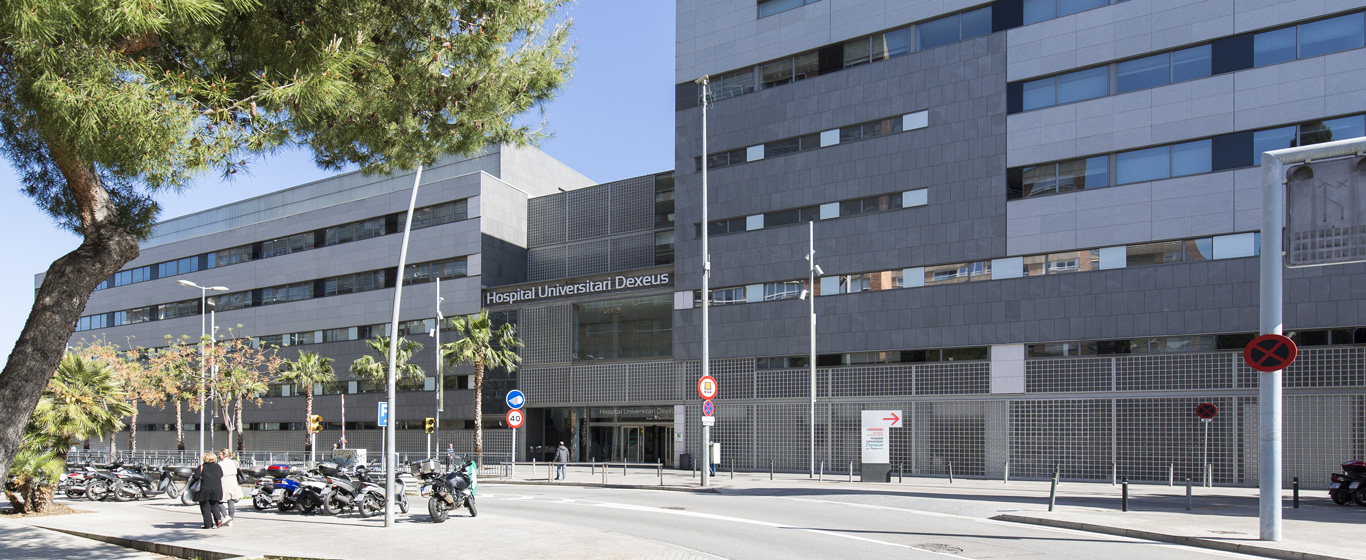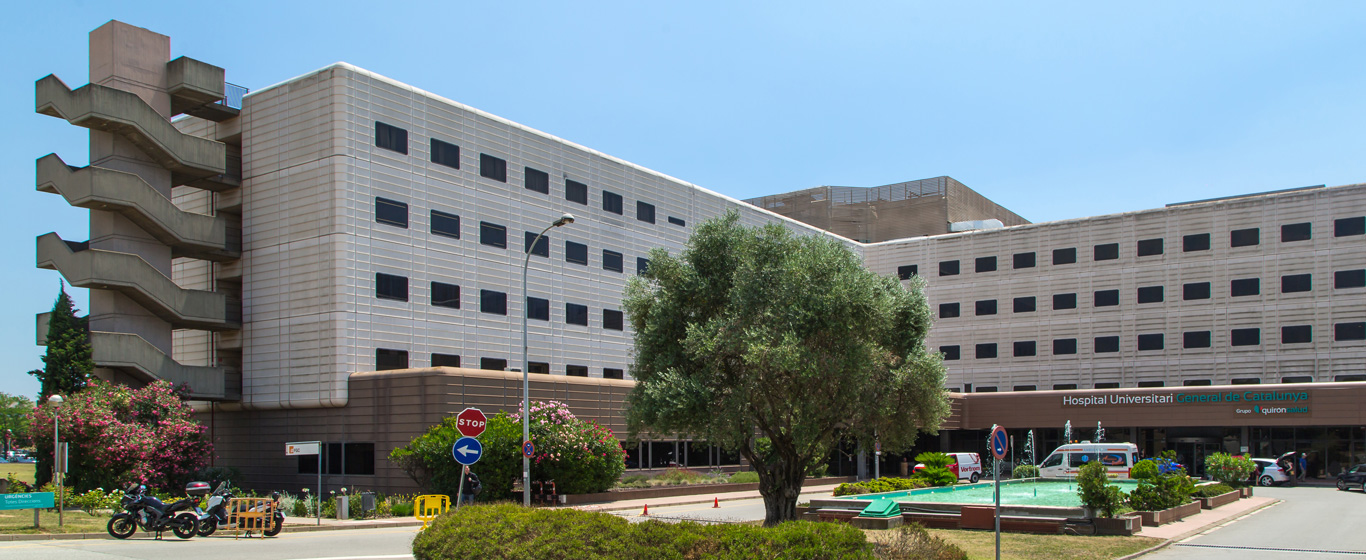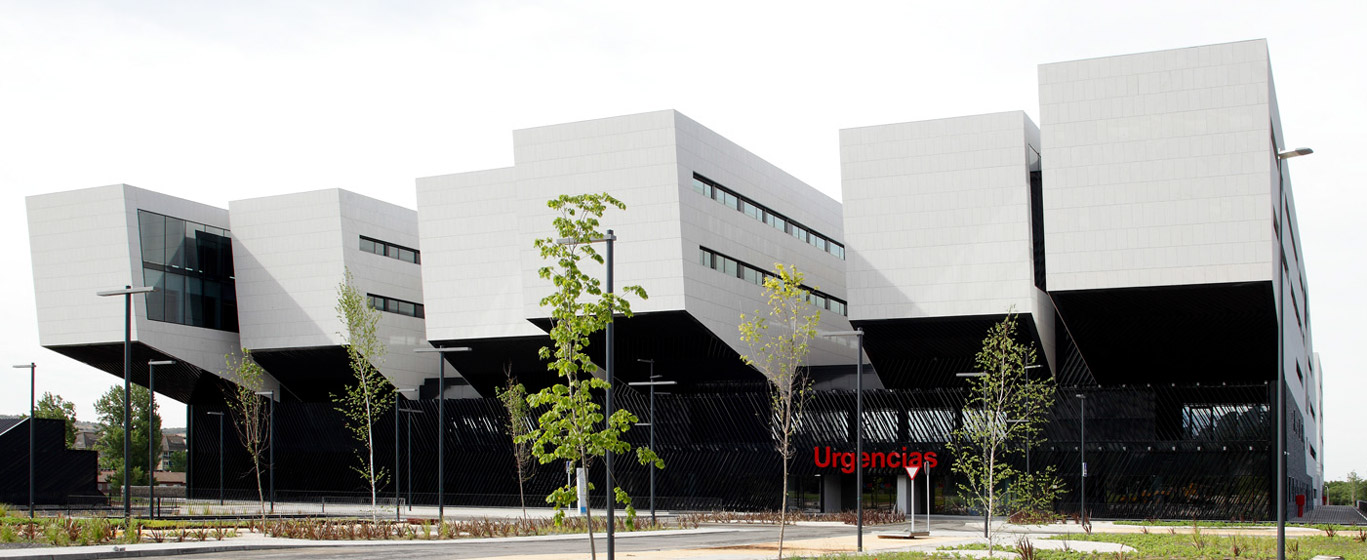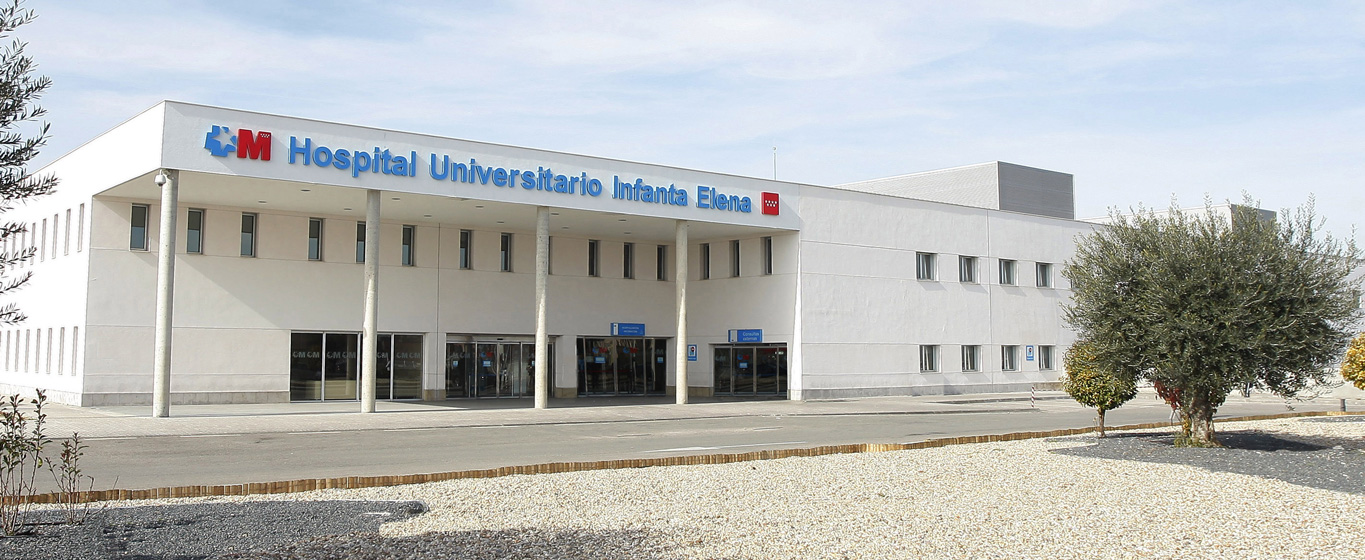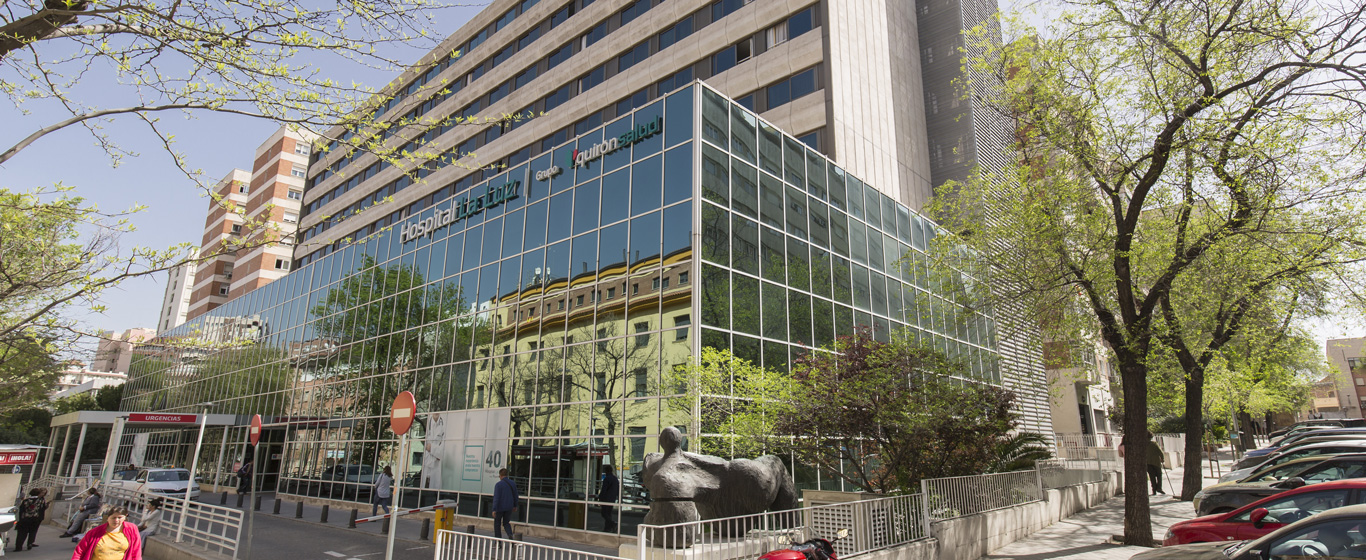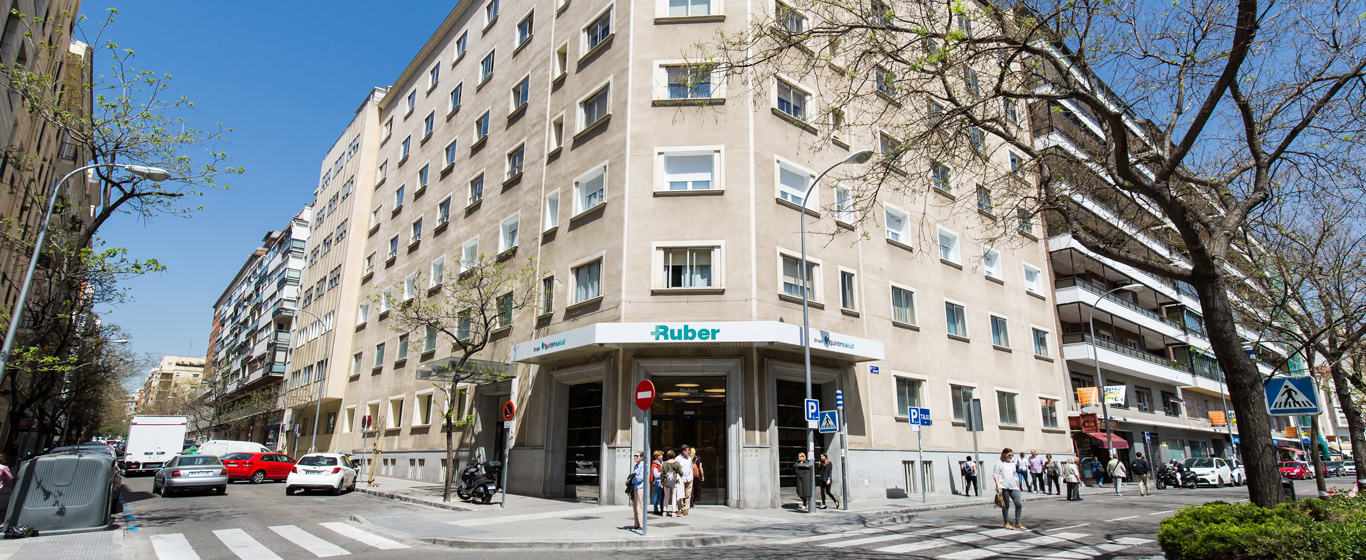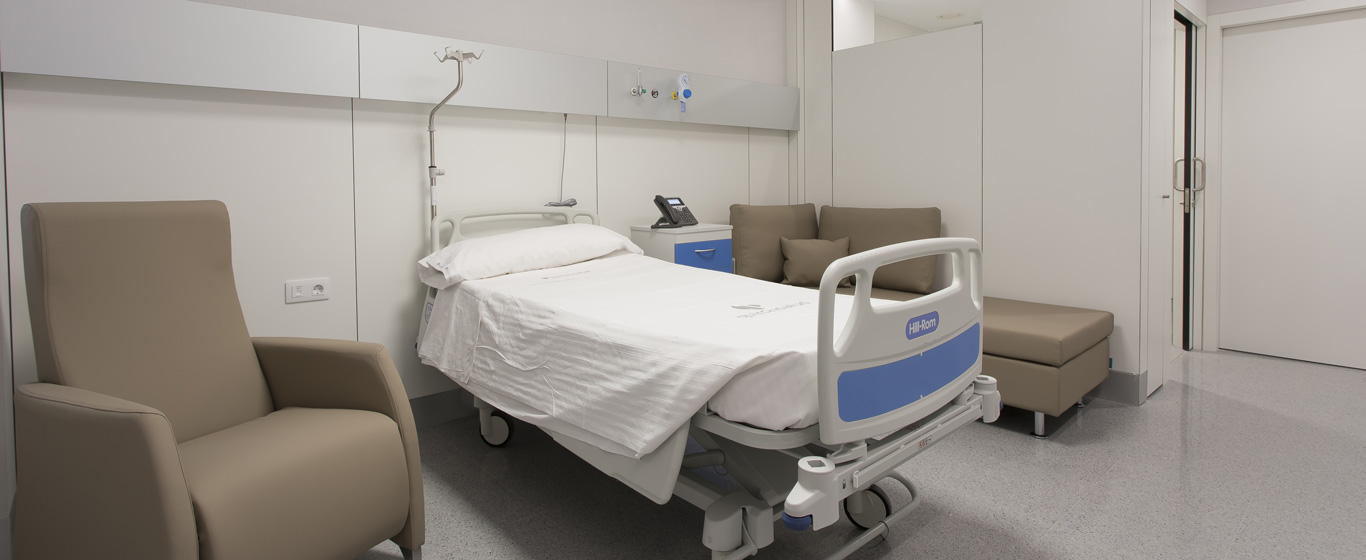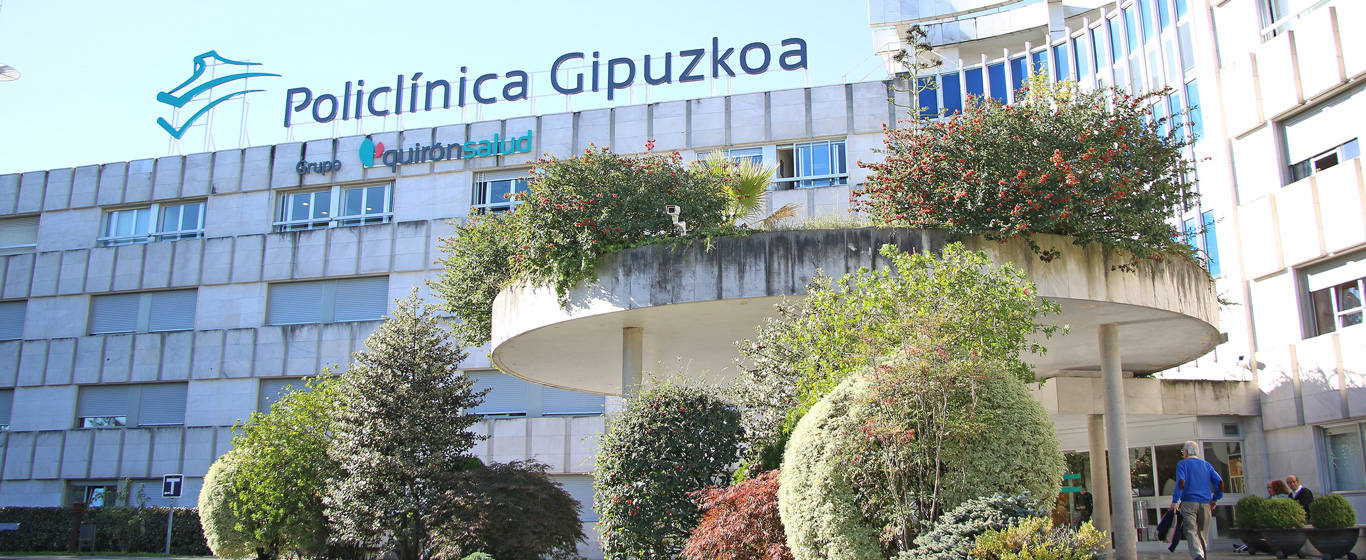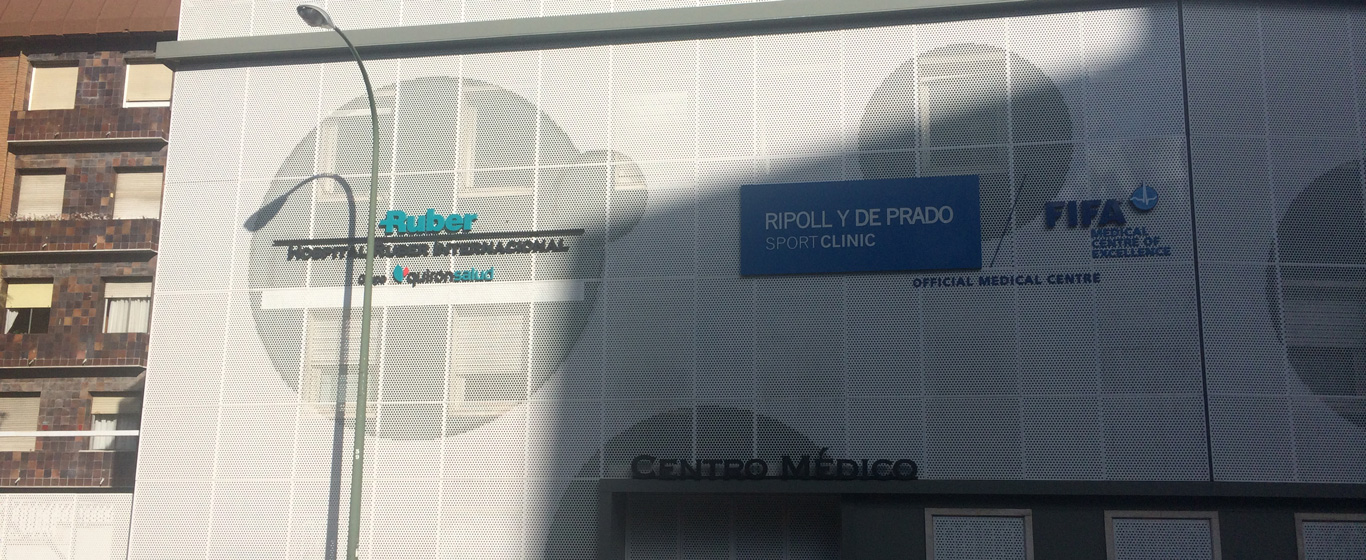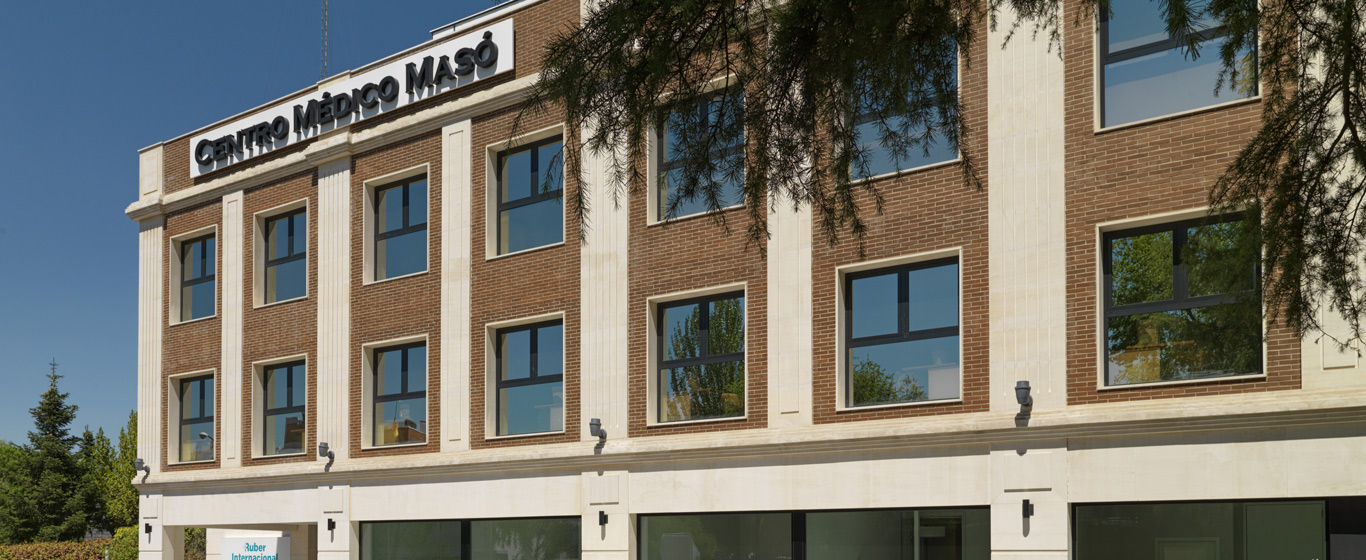Cranial Computed Tomography (CT) Scan
The cranial CT scan provides clear images inside the head to diagnose pathologies or prepare for surgeries. It is a non-invasive, painless test that uses a very low amount of radiation.

General Description
Cranial computed tomography (CT), also called head CT scan, is an imaging test used to assess the condition of the structures and tissues inside the head. It is a non-invasive procedure that uses a very small amount of radiation, posing no significant health risk.
A cranial CT produces detailed images of the following tissues:
- The eight bones forming the skull (frontal, parietal, temporal, occipital, sphenoid, and ethmoid bones).
- The brain.
- The blood vessels.
Besides being useful for diagnosing diseases, the head CT is also used to prepare for surgeries or to evaluate treatment effectiveness.
When is it indicated?
A cranial CT scan is indicated in patients who have suffered head trauma or present symptoms such as headache, seizures, fainting, numbness in parts of the body, hearing loss, or speech difficulties.
A head CT can diagnose various abnormalities or conditions, including:
- Skull fractures
- Malformations
- Infections
- Hemorrhages
- Aneurysms
- Brain injuries
- Malignant tumors
- Hydrocephalus
- StrokeStrokeStroke (apoplexy)
- Cerebrovascular accident (CVA)
- Cerebral palsy
The cranial CT is contraindicated in pregnant and breastfeeding women, as well as in pediatric patients, due to increased radiation sensitivity in children. In these cases, the risks and benefits are carefully weighed, and alternative tests are sought. Use of contrast is generally discouraged in patients with heart, kidney, or thyroid conditions.
How is it performed?
A cranial CT scan uses a tube-shaped scanner to capture images. X-ray beams are emitted from multiple angles, passing through tissues; when the rays exit the body, they are captured as images. Each tissue’s absorption of radiation varies, resulting in grayscale images ranging from light to dark depending on tissue density.
Each image corresponds to a 2D slice of 1 to 10 millimeters in thickness. When these slices are combined, a 3D view of the interior of the skull is obtained.
Use of contrast agents allows tissues that absorb more of the substance (such as blood vessels, tumors, inflamed or infected tissues) to appear brighter and easier to identify.
Risks
Prolonged exposure to radiation can increase the risk of future cancer. However, undergoing a single cranial CT scan poses minimal risk. A cranial CT with or without contrast involves a radiation dose of approximately 3.2 millisieverts (mSv), equivalent to 13 months of natural background radiation.
Allergic reactions to contrast material are very rare but may manifest as itching, redness, or headache.
What to expect during a cranial CT
Patients change into a hospital gown before entering the radiology room. They must sign an informed consent form and leave any metallic objects (glasses, hearing aids, dentures) in a separate room.
During the test, the patient lies supine on a sliding table that moves inside the scanner tube. Mild noises from the machine and gentle movements of the table forward and backward are normal.
After initial images are acquired from all angles, contrast is injected into a vein in the arm. Besides the needle prick, patients may feel transient tachycardia and an intense warm sensation in the chest, arm, and genital area; these effects resolve within minutes. Additional images are then taken.
While the X-rays are emitted, medical personnel leave the room but continuously monitor the patient through a window and communicate via microphone.
It is crucial for the patient to remain still during the 10 to 30 minutes of the scan to ensure sharp images.
Specialties requesting cranial CT scans
Radiologists perform cranial CT scans. These tests are requested mainly by specialists in oncology, neurology, and neurosurgery.
How to prepare
Only fasting is required prior to a cranial CT scan with contrast. For a simple (non-contrast) test, no special preparation is necessary.
On the day of the test, patients are advised to wear comfortable clothing that is easy to remove and to leave metallic objects at home. Avoid makeup because some cosmetics contain metals.






